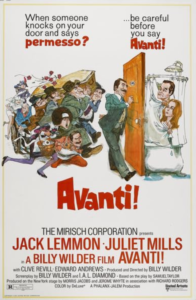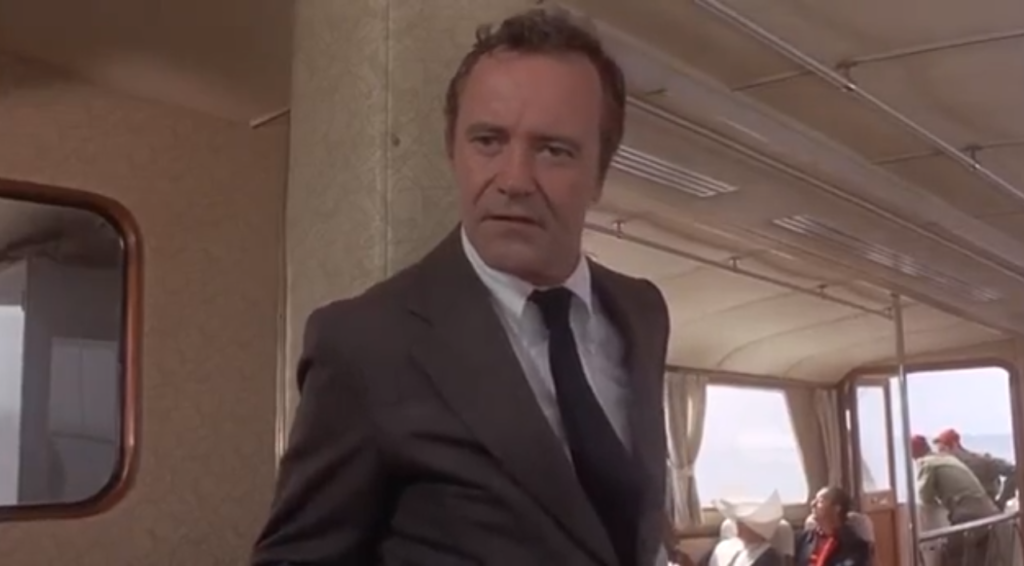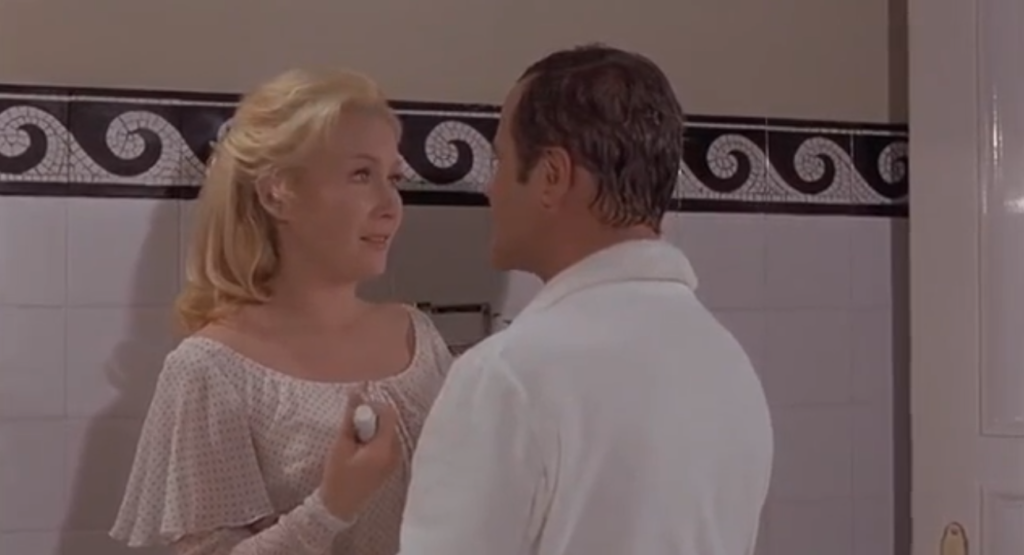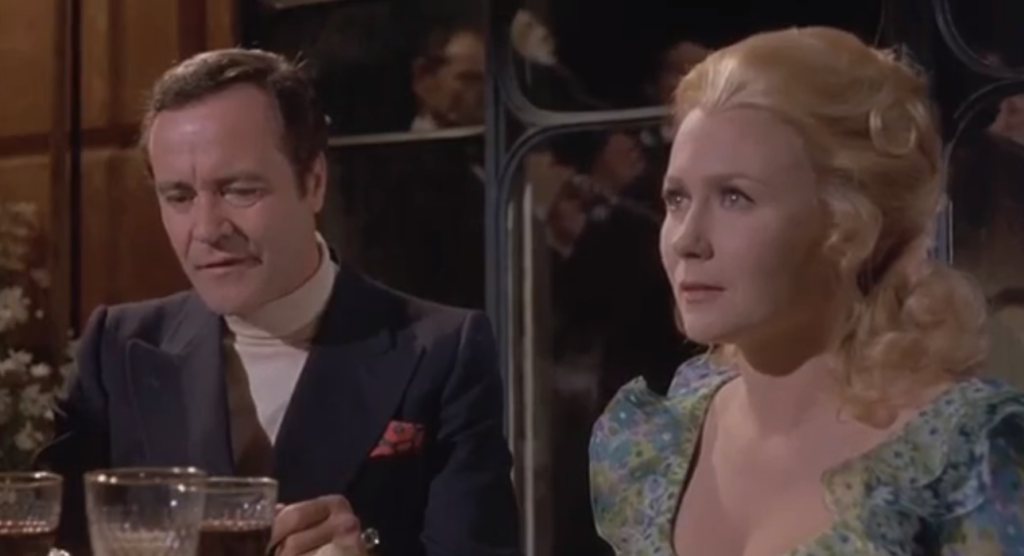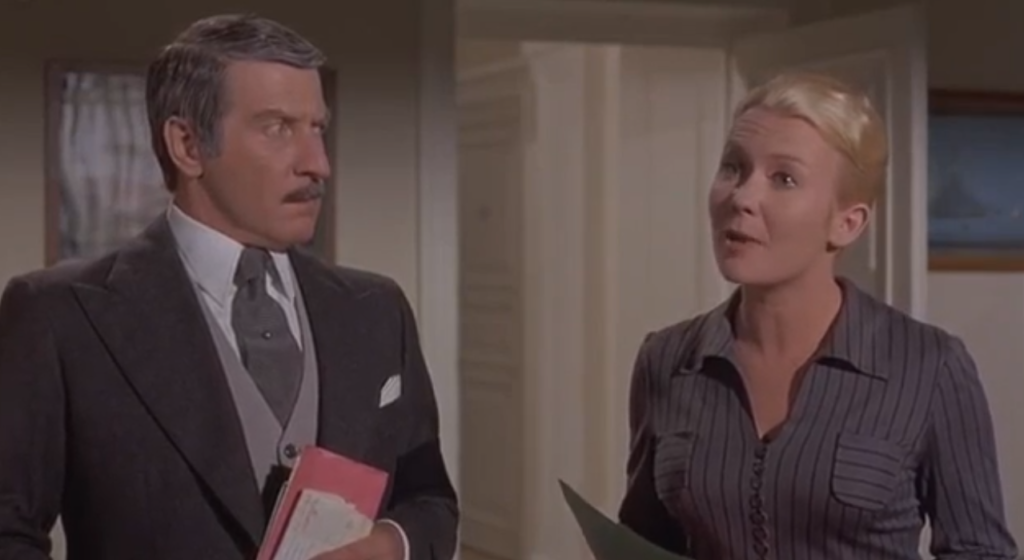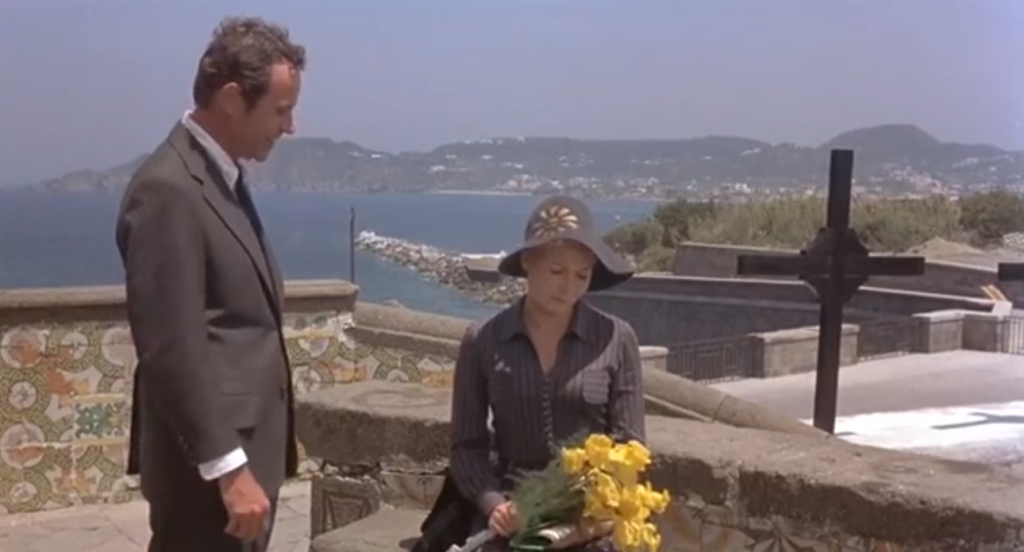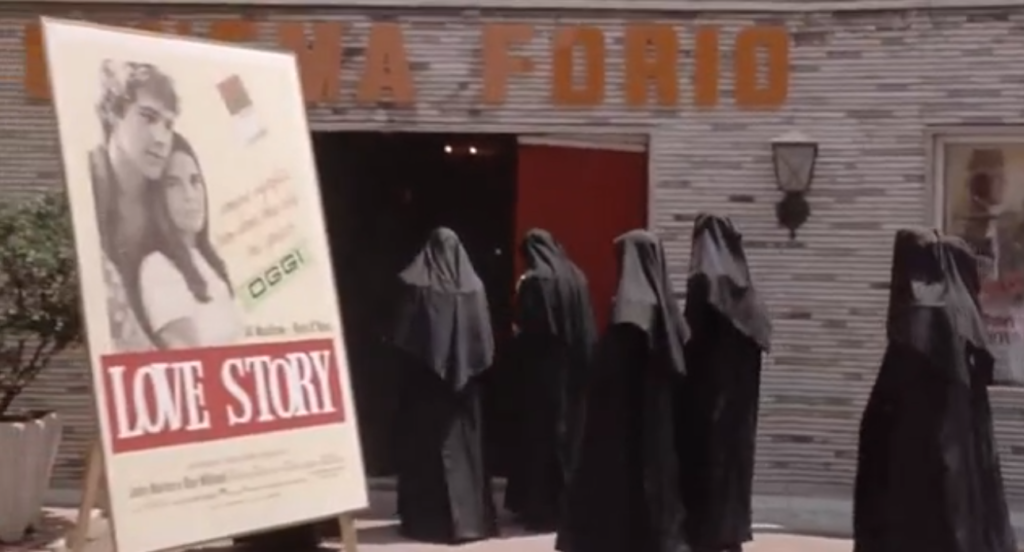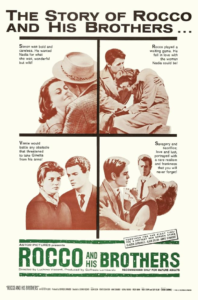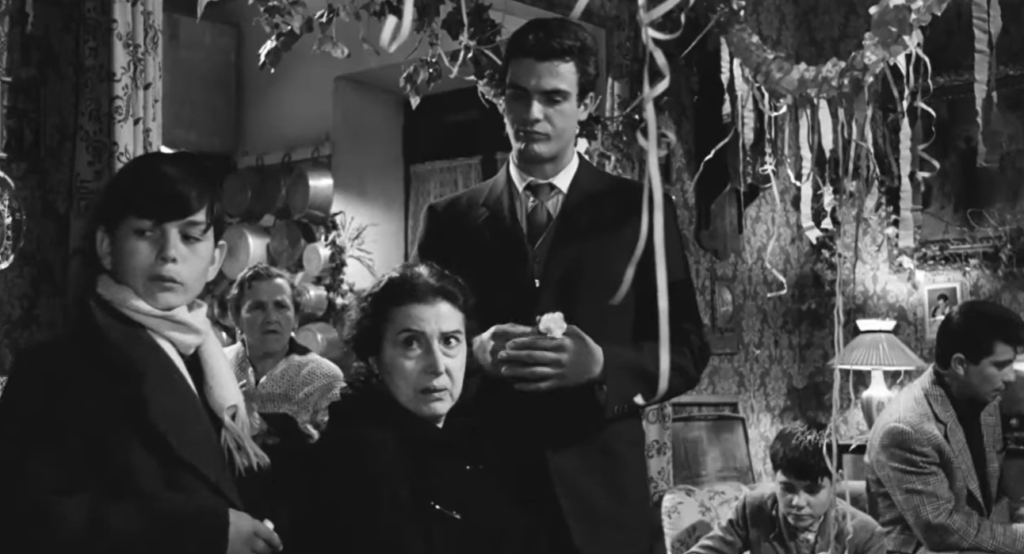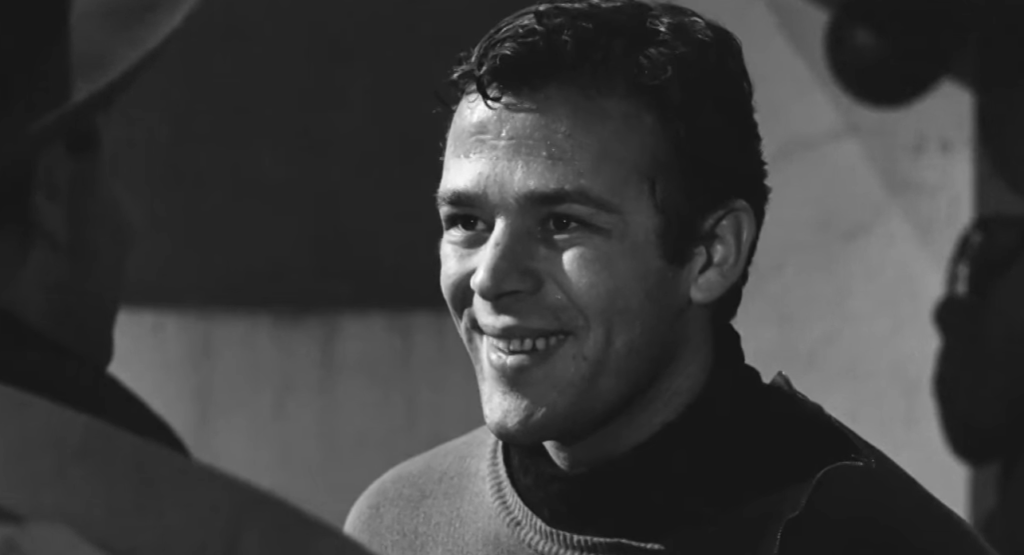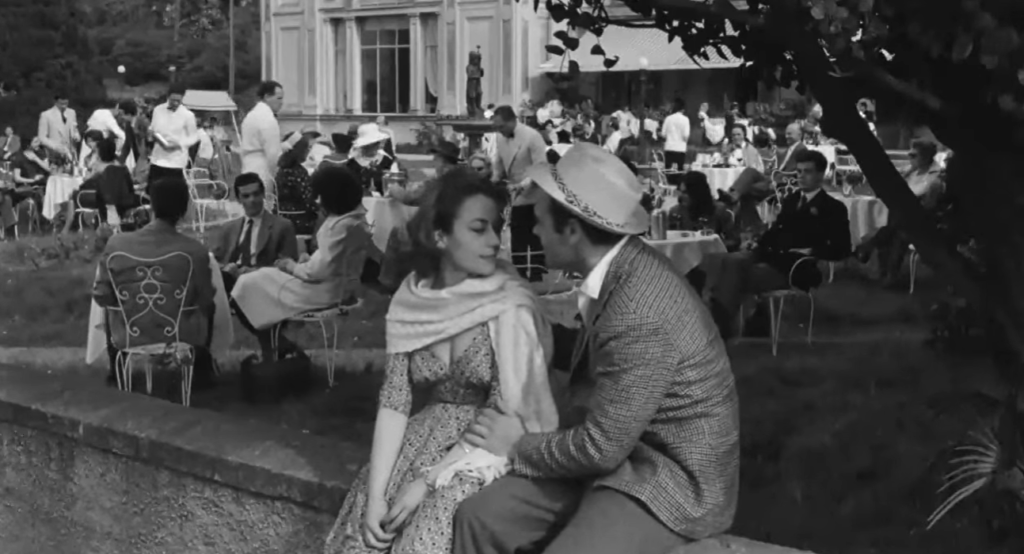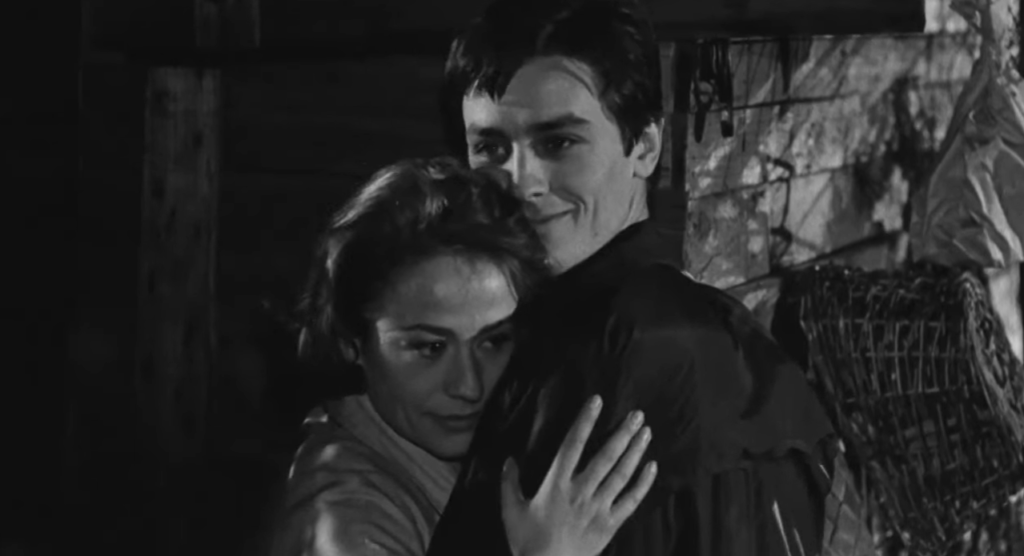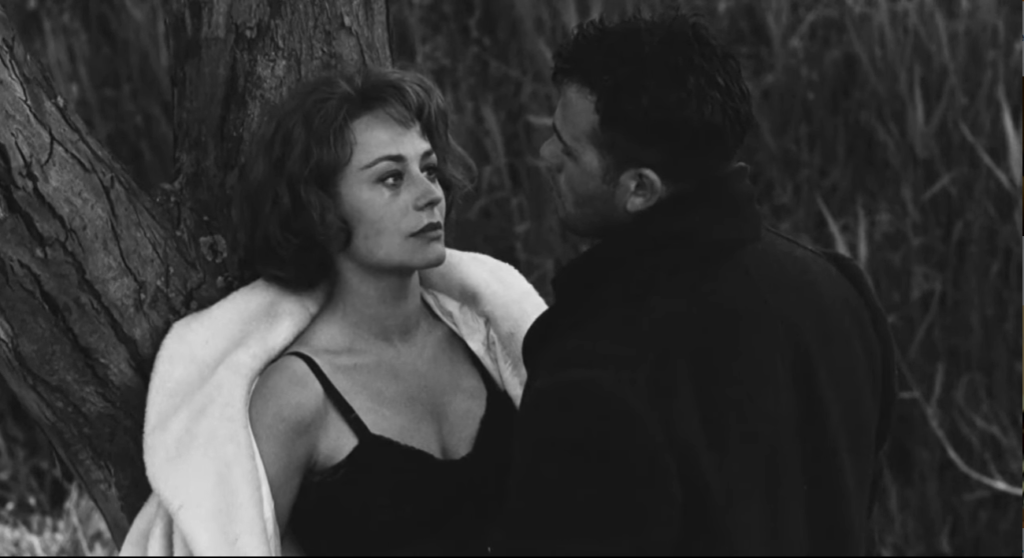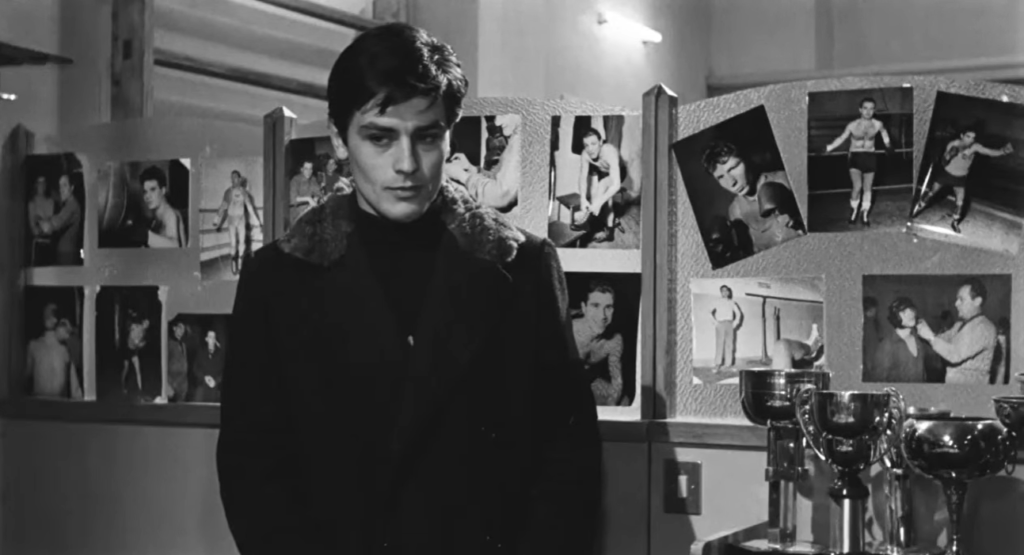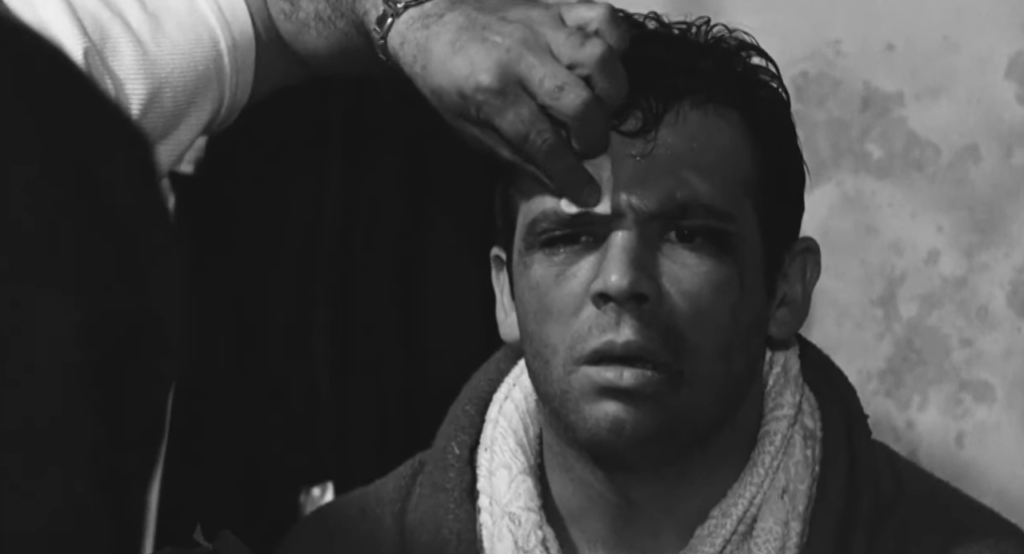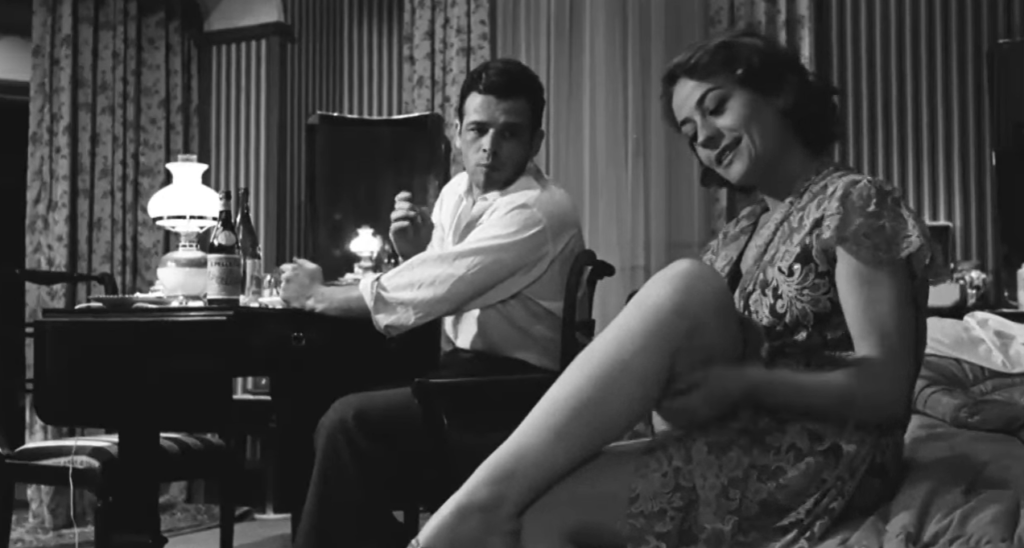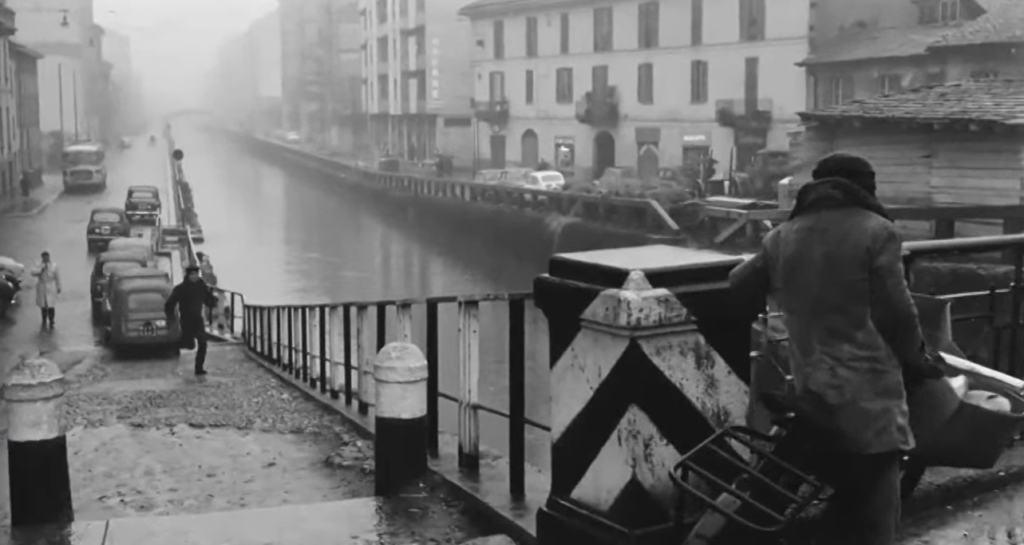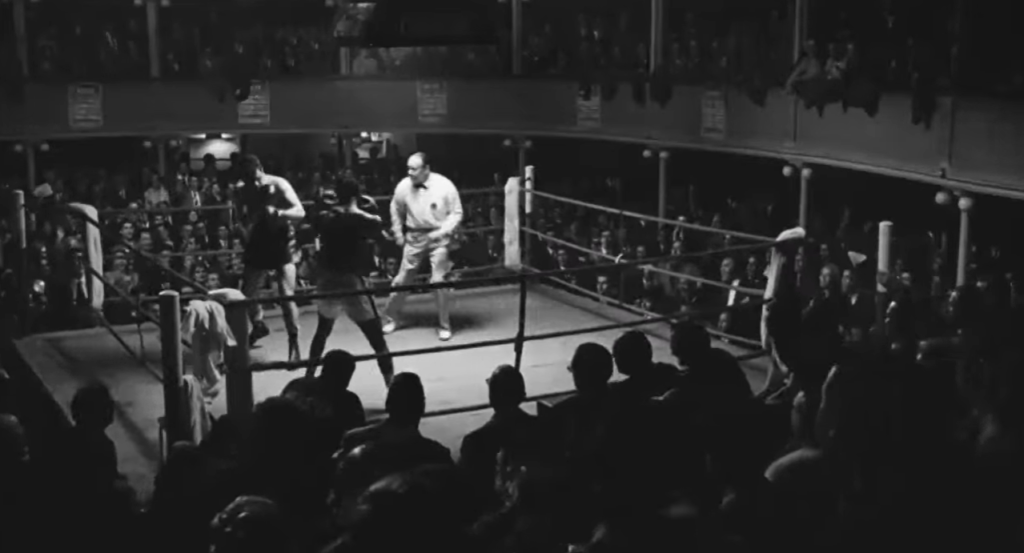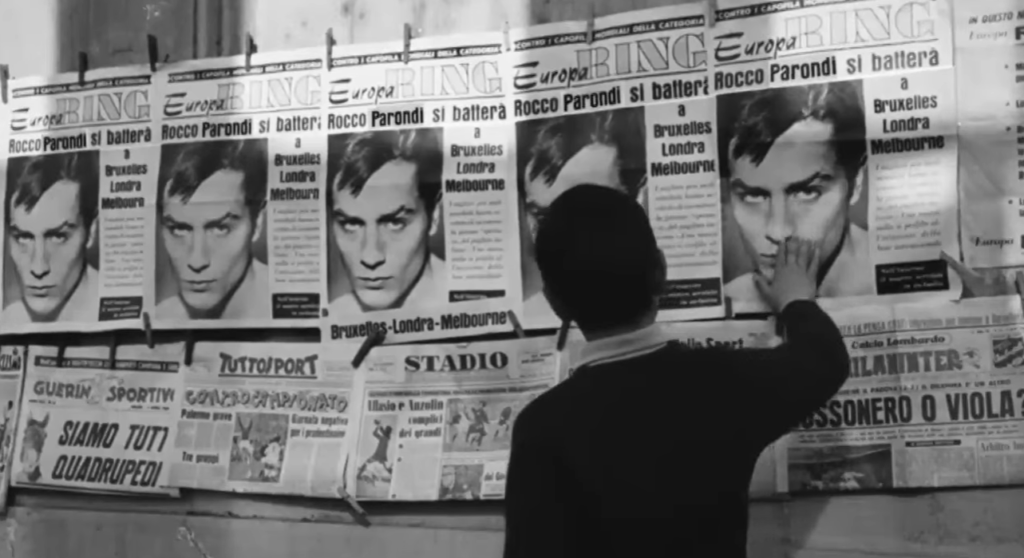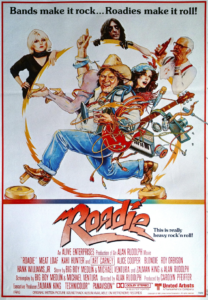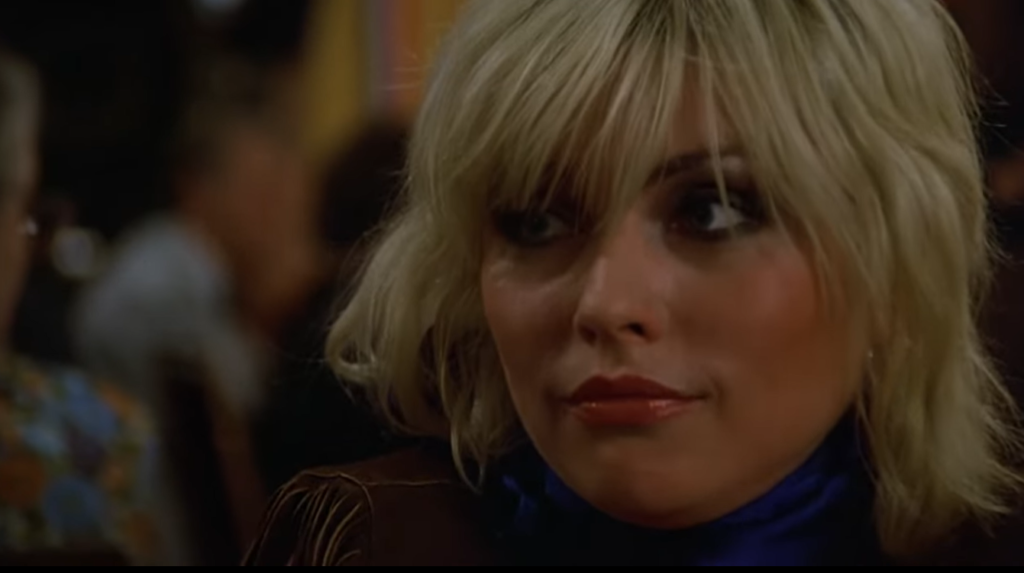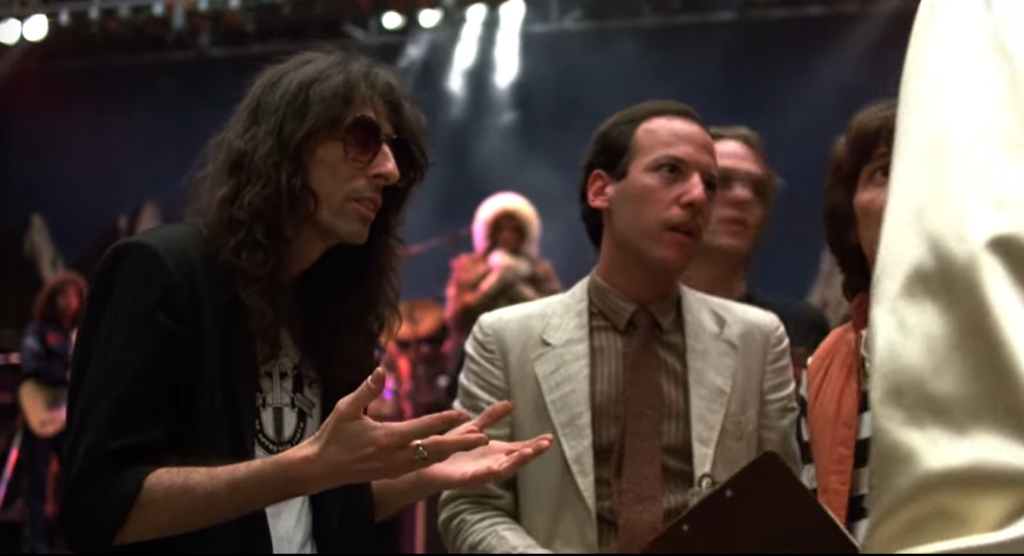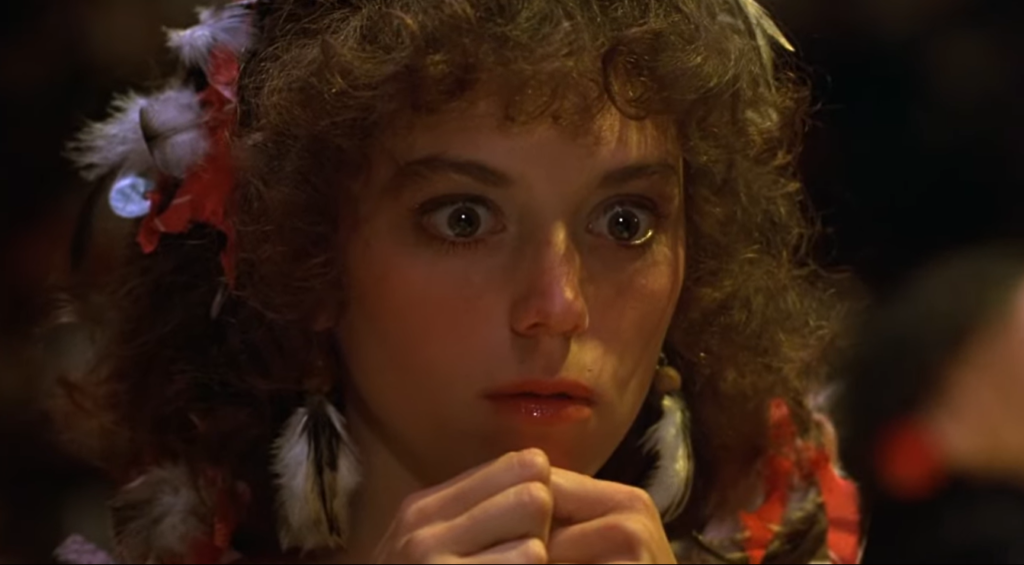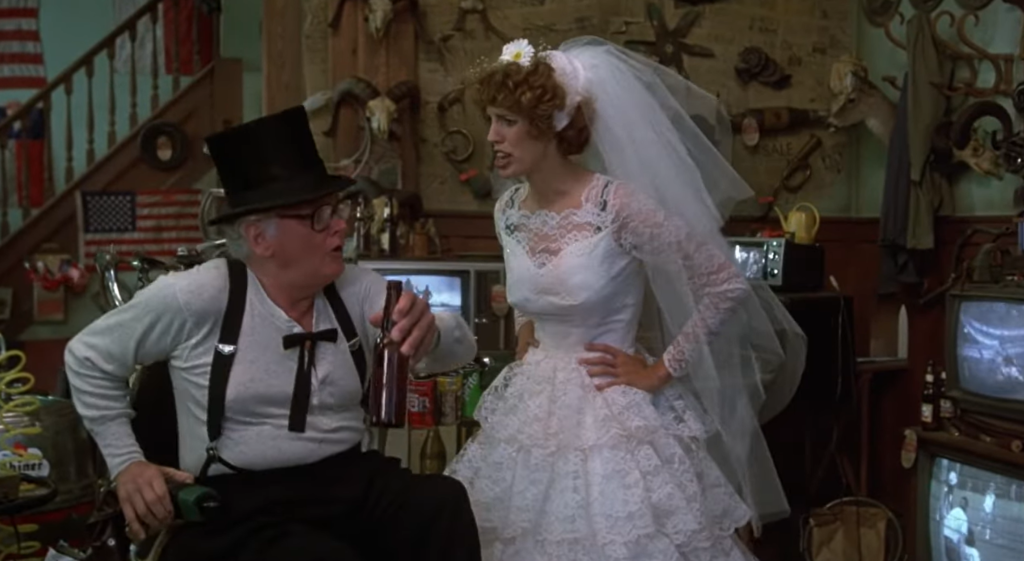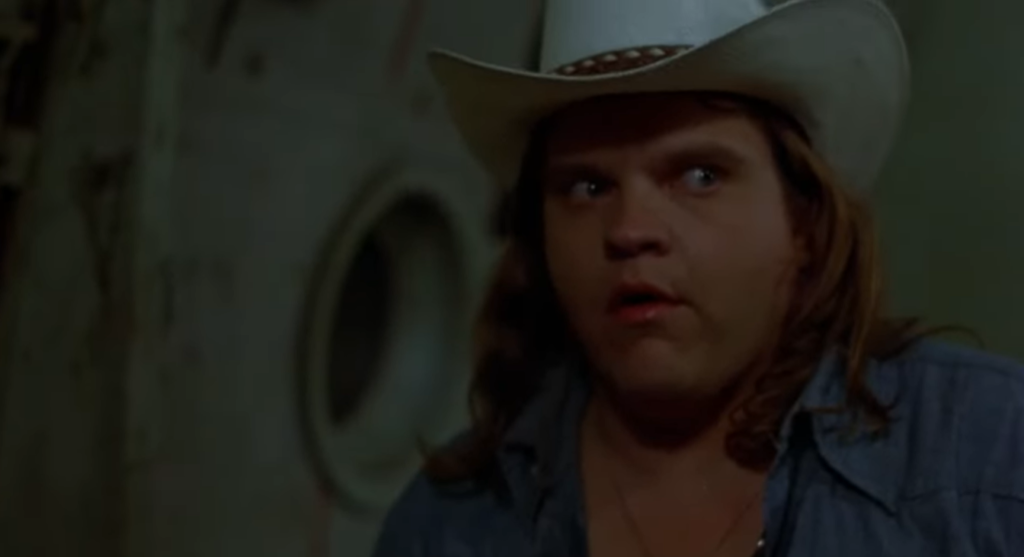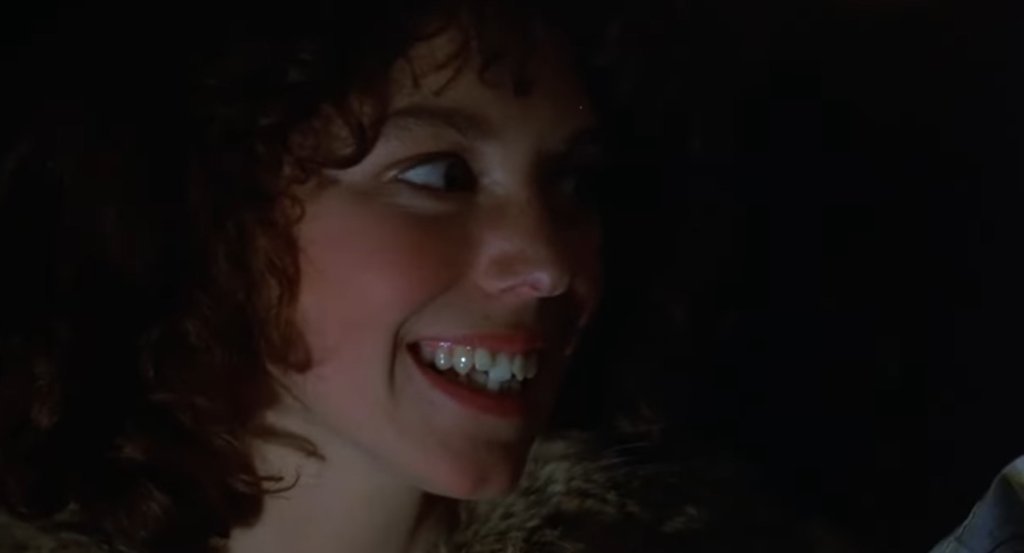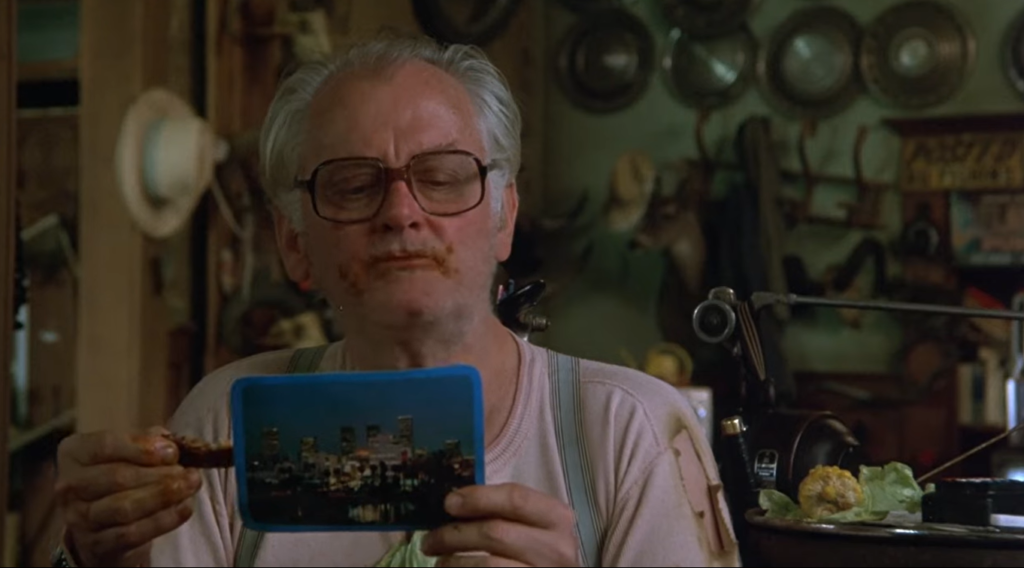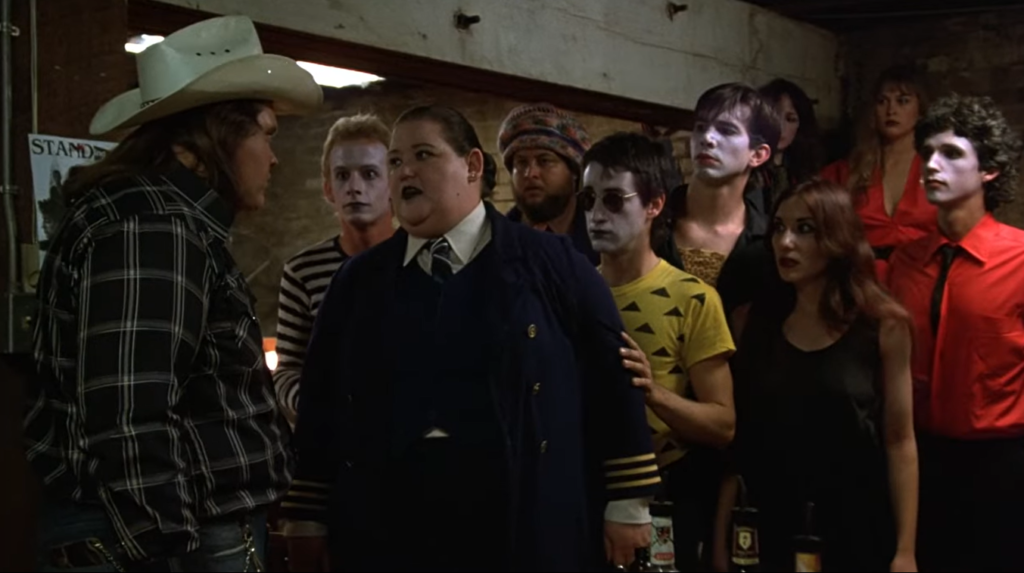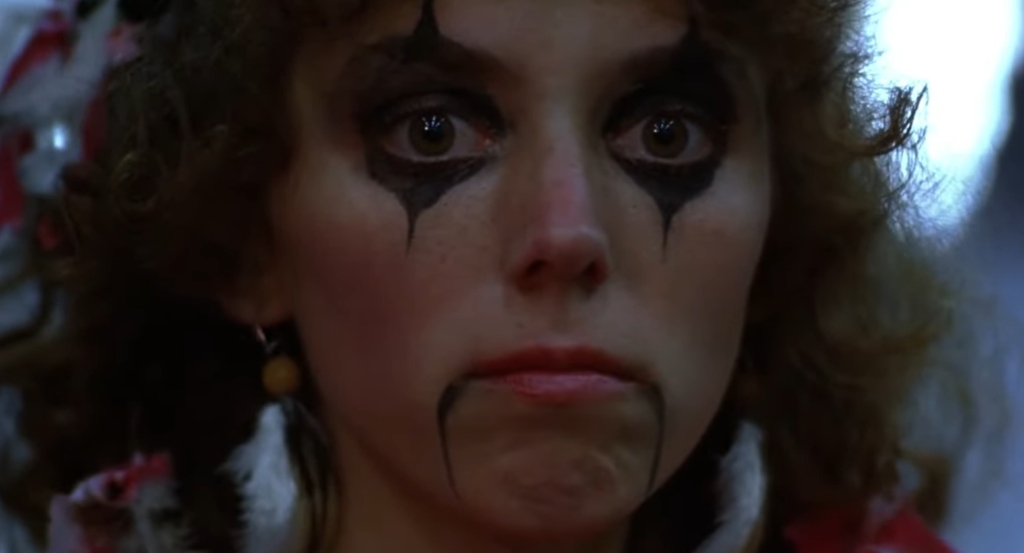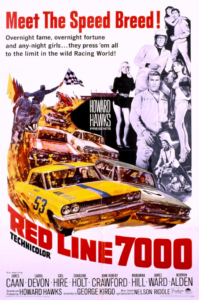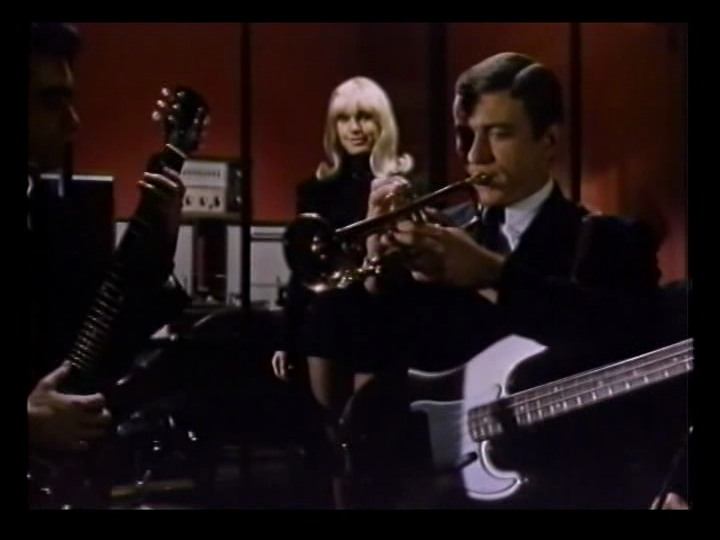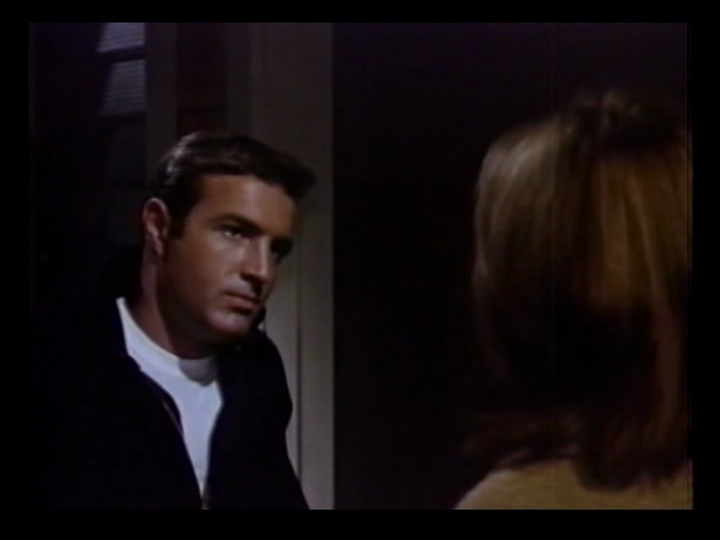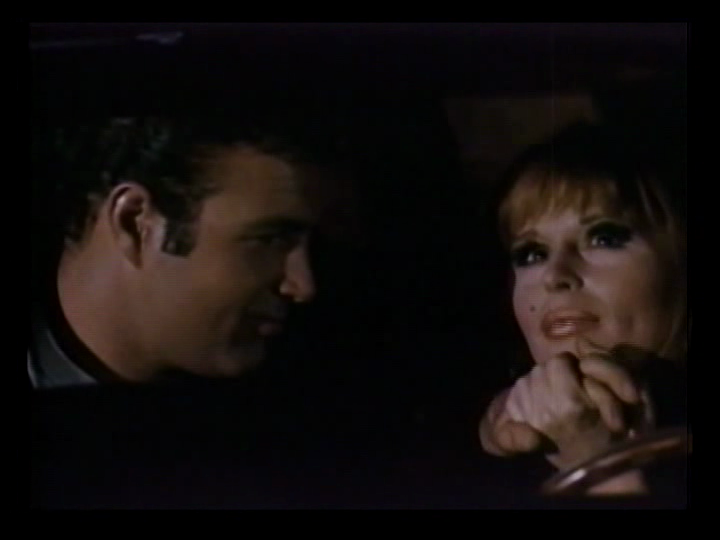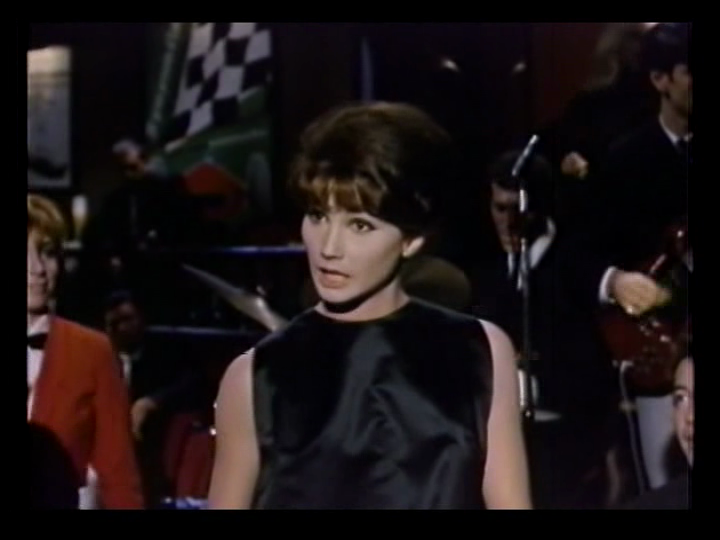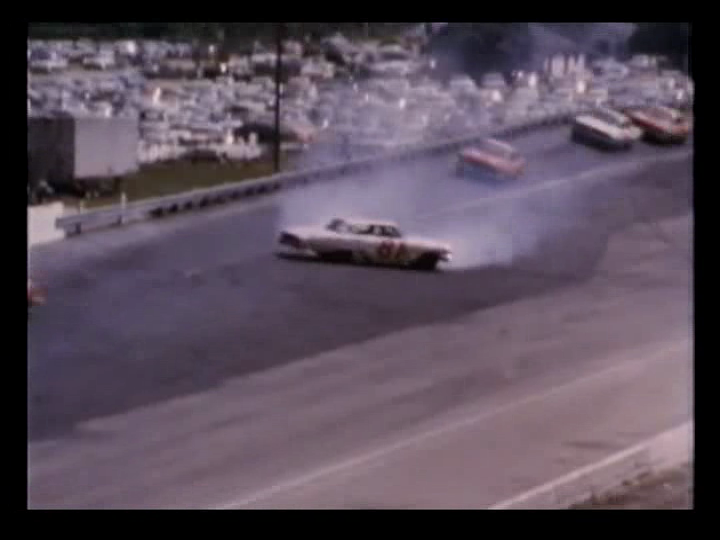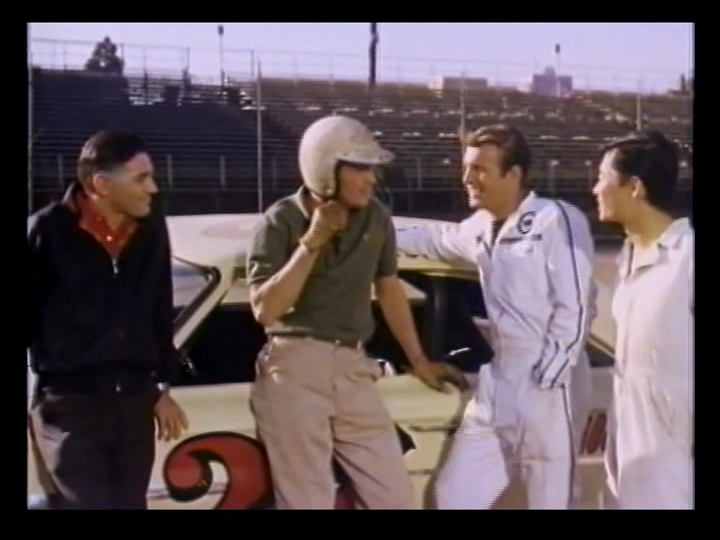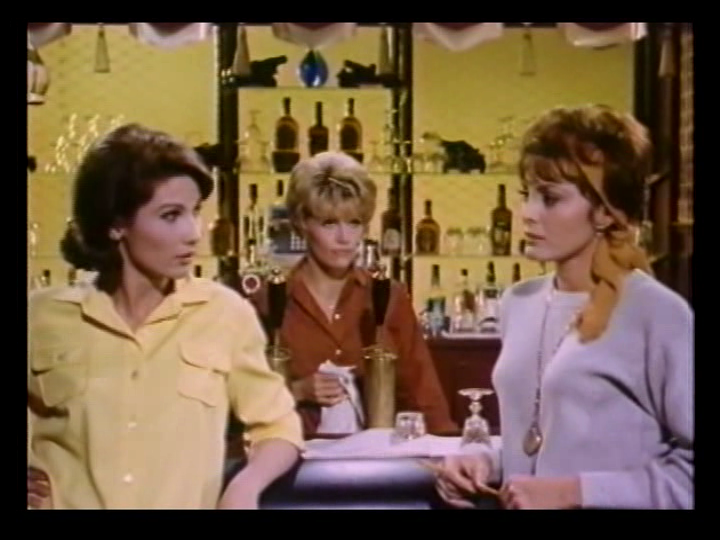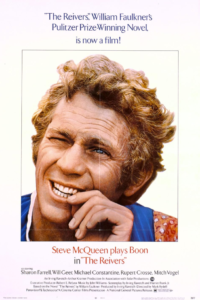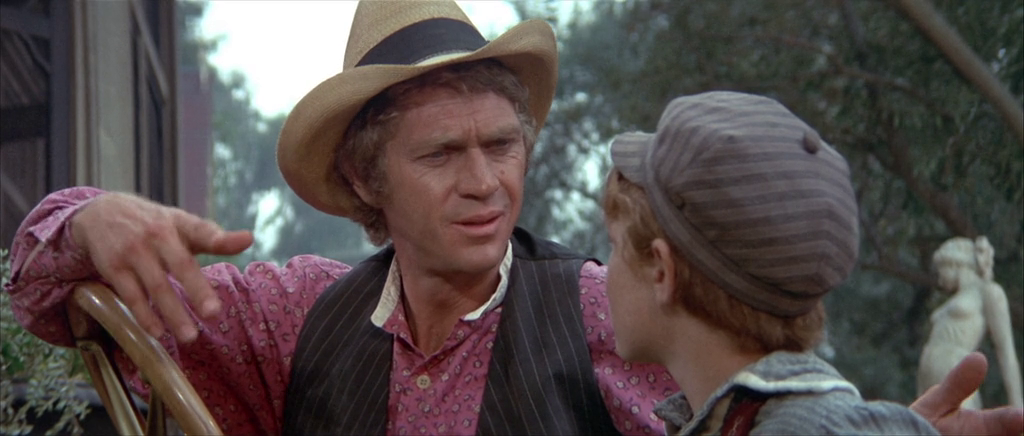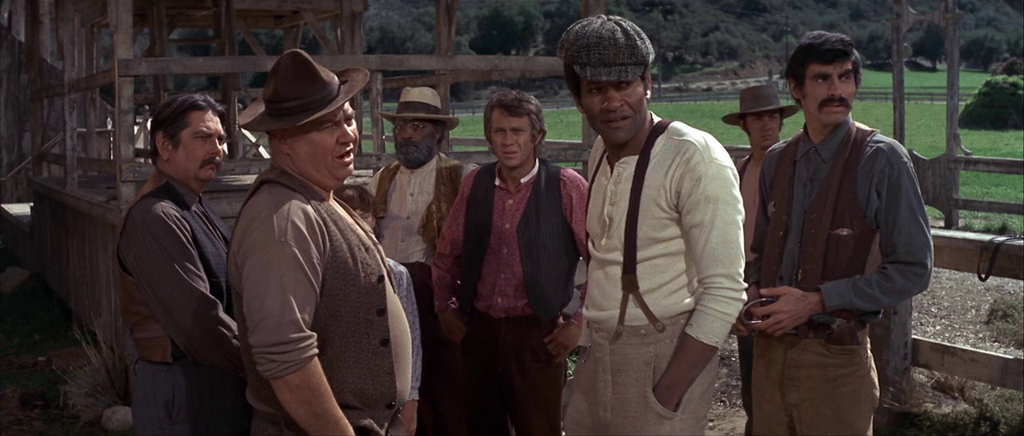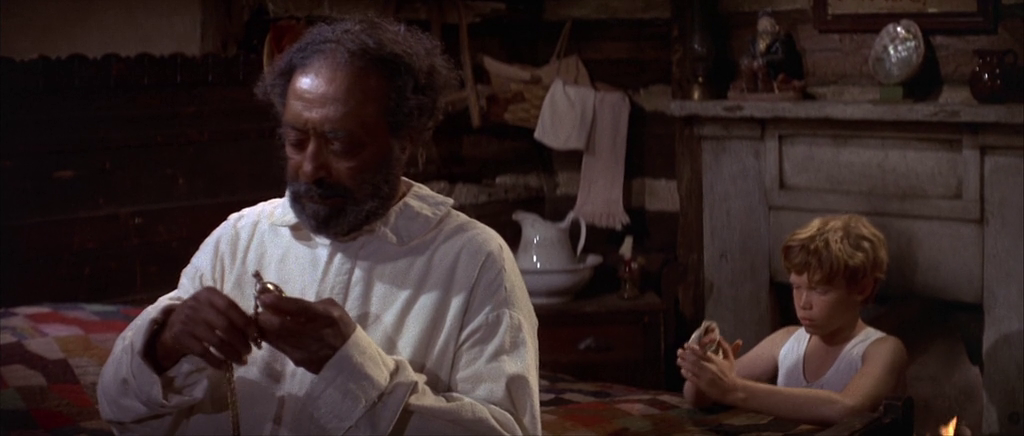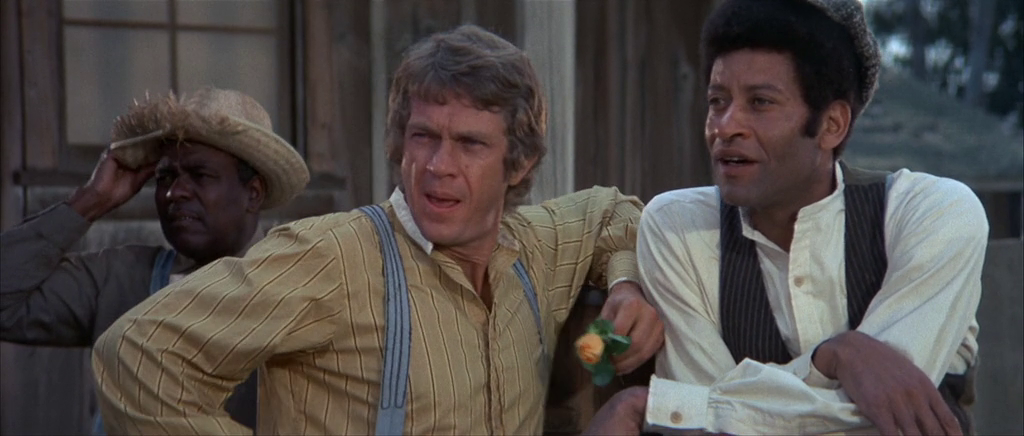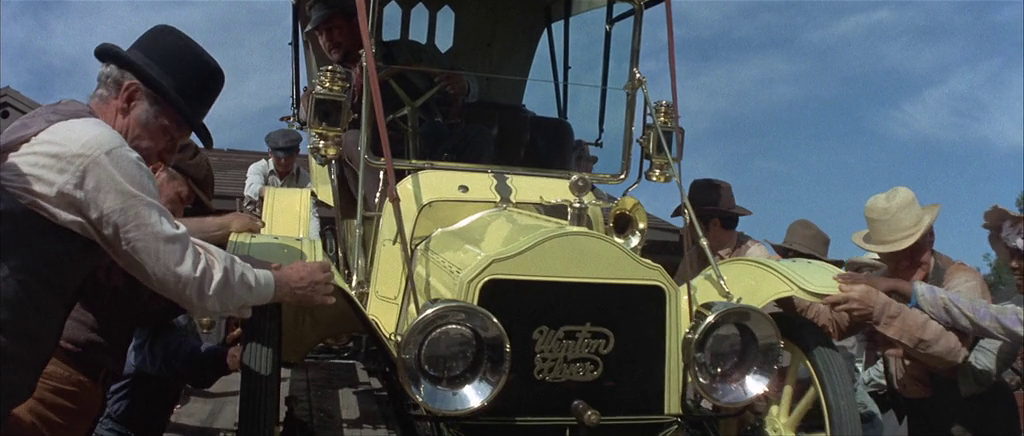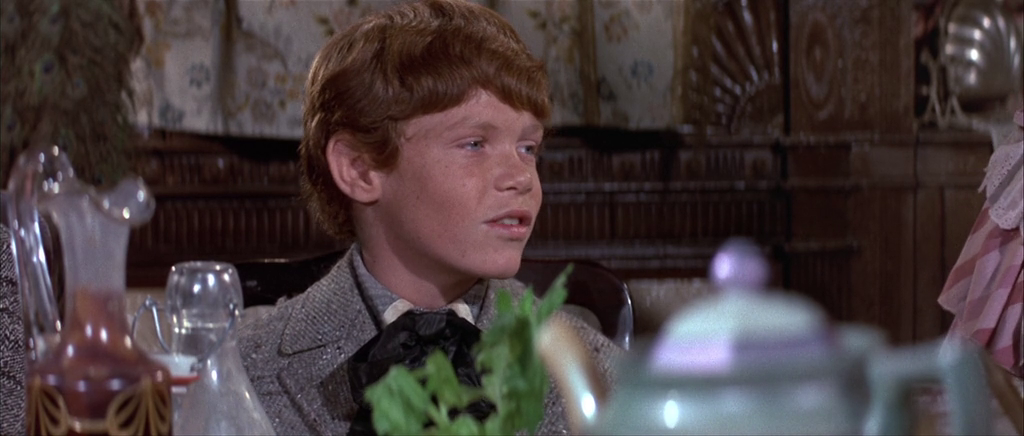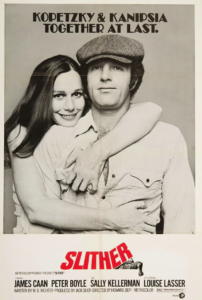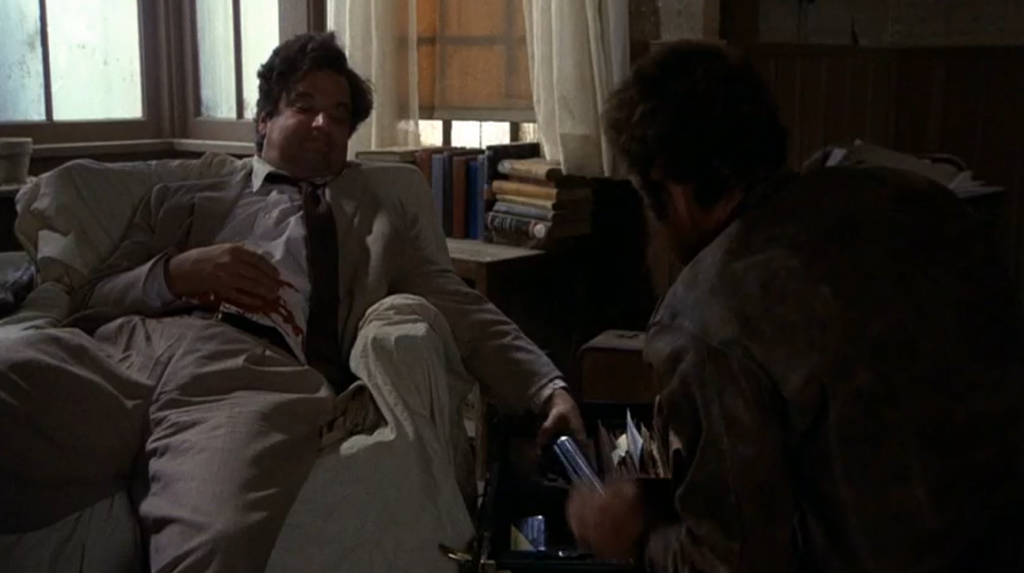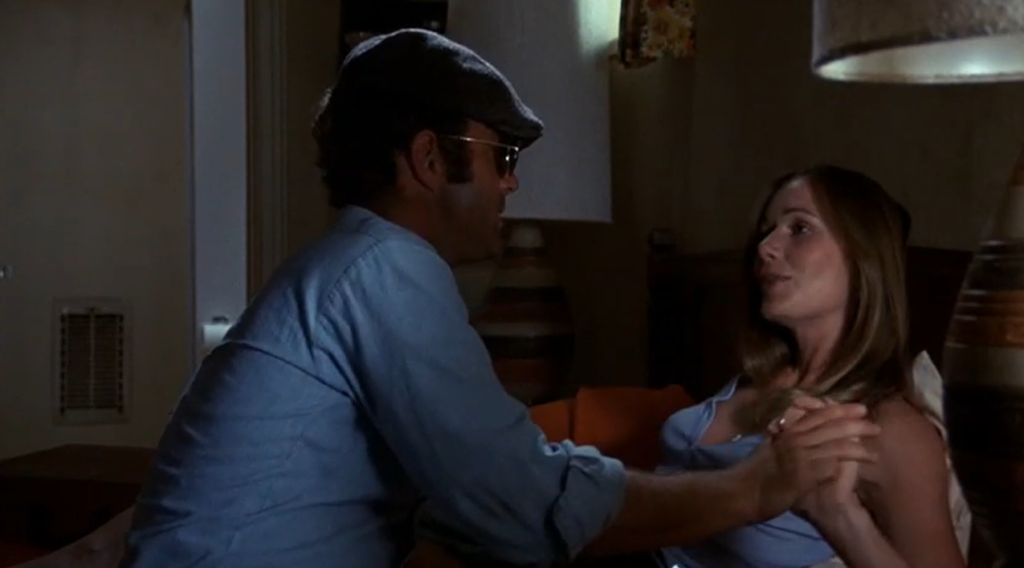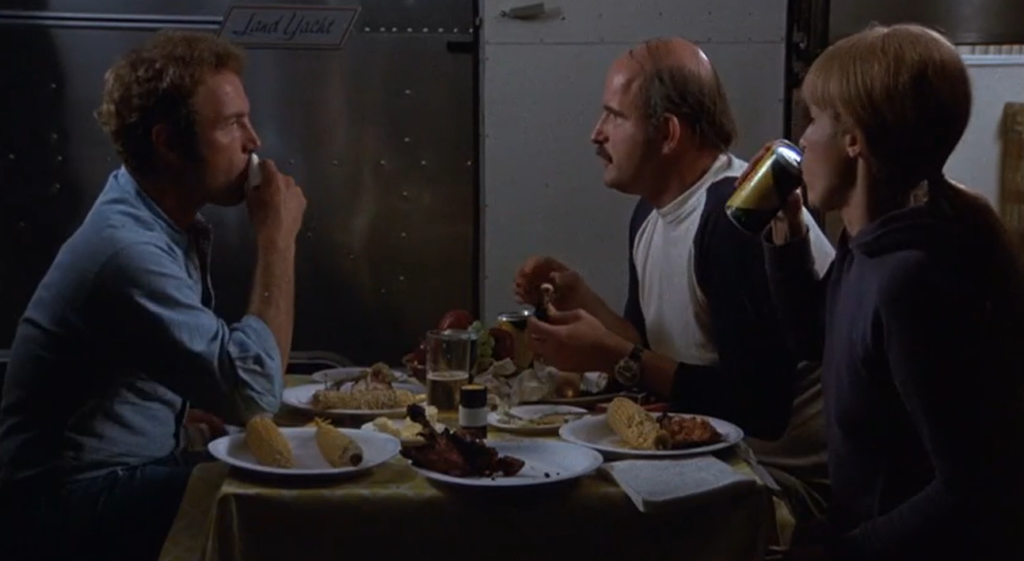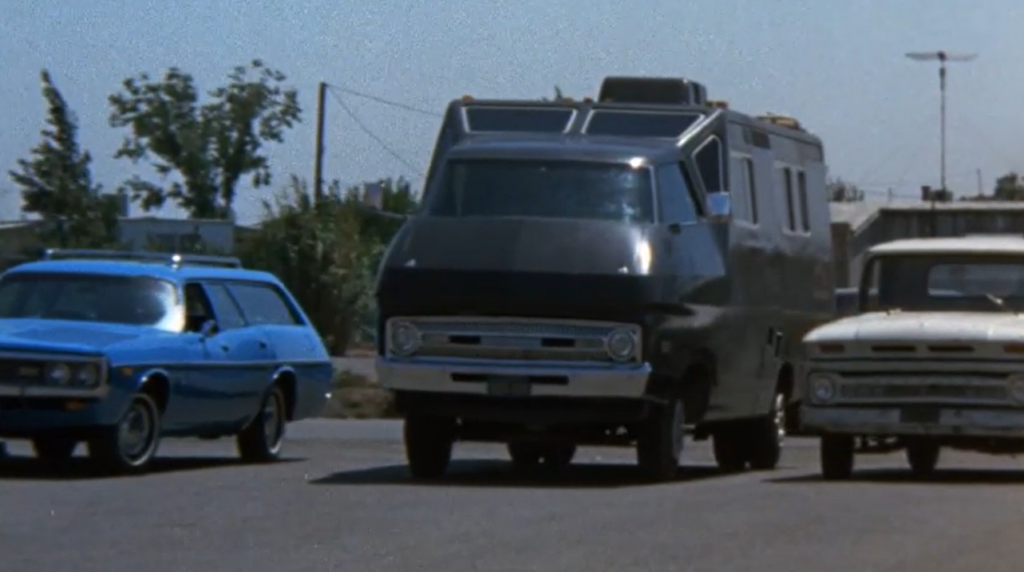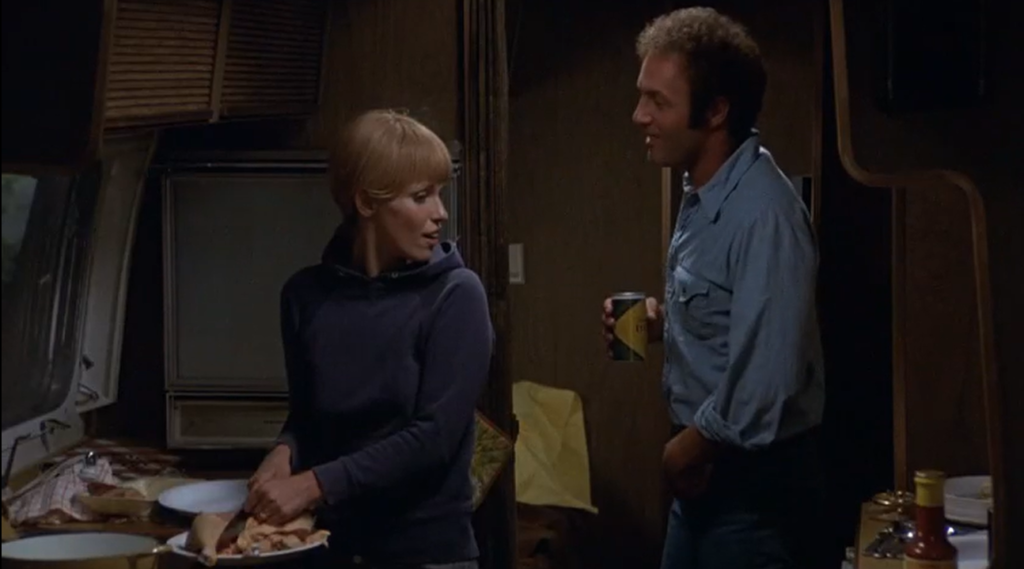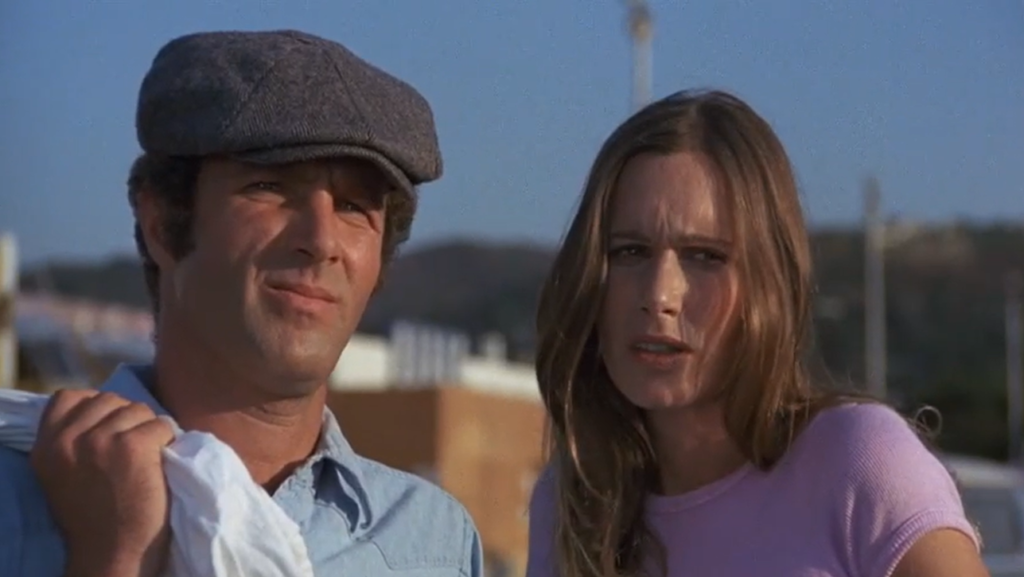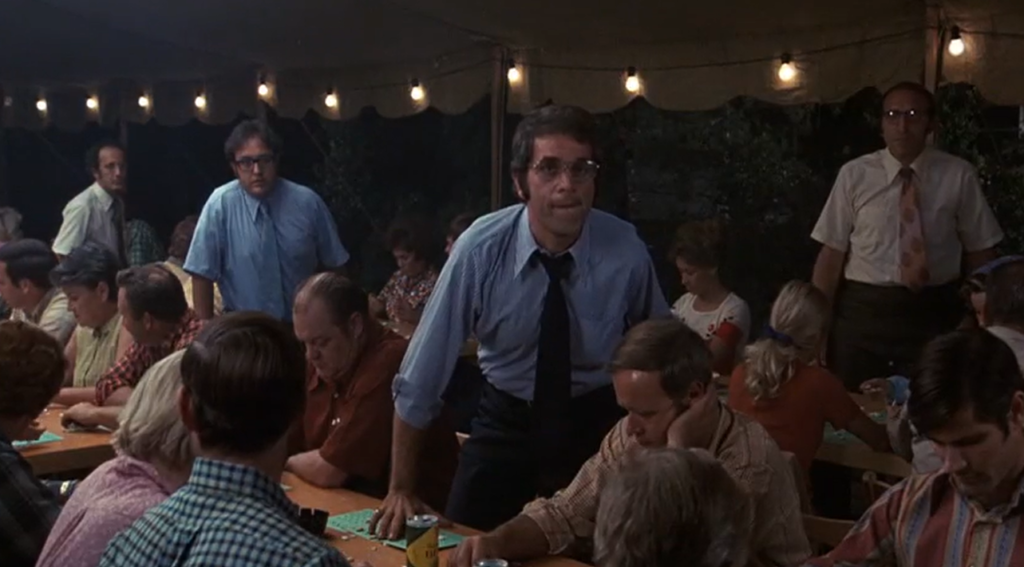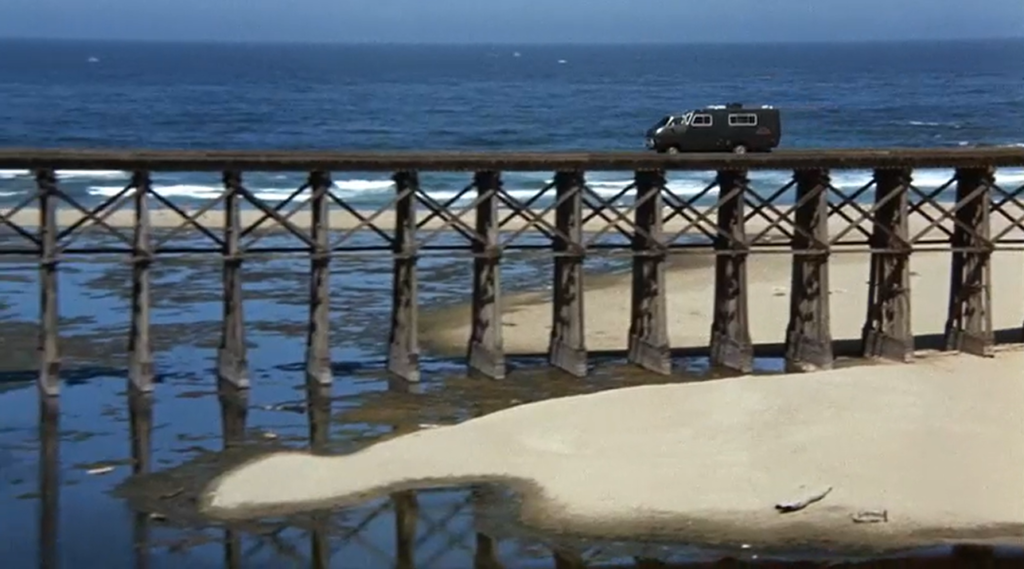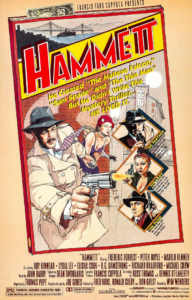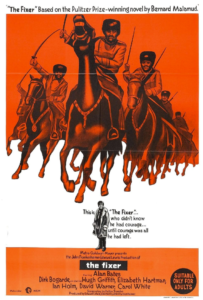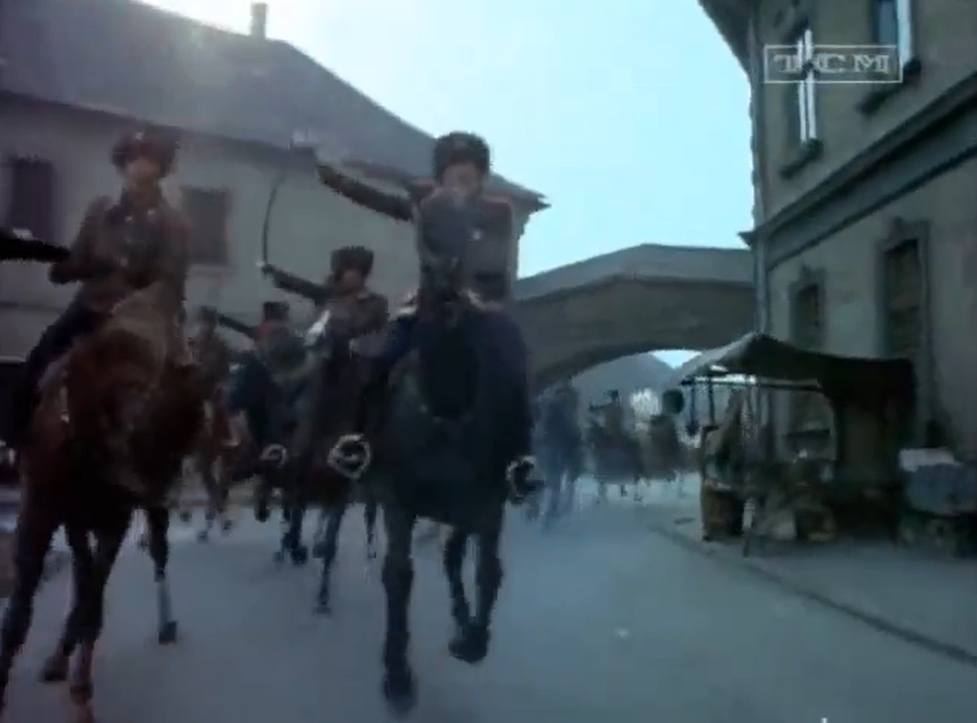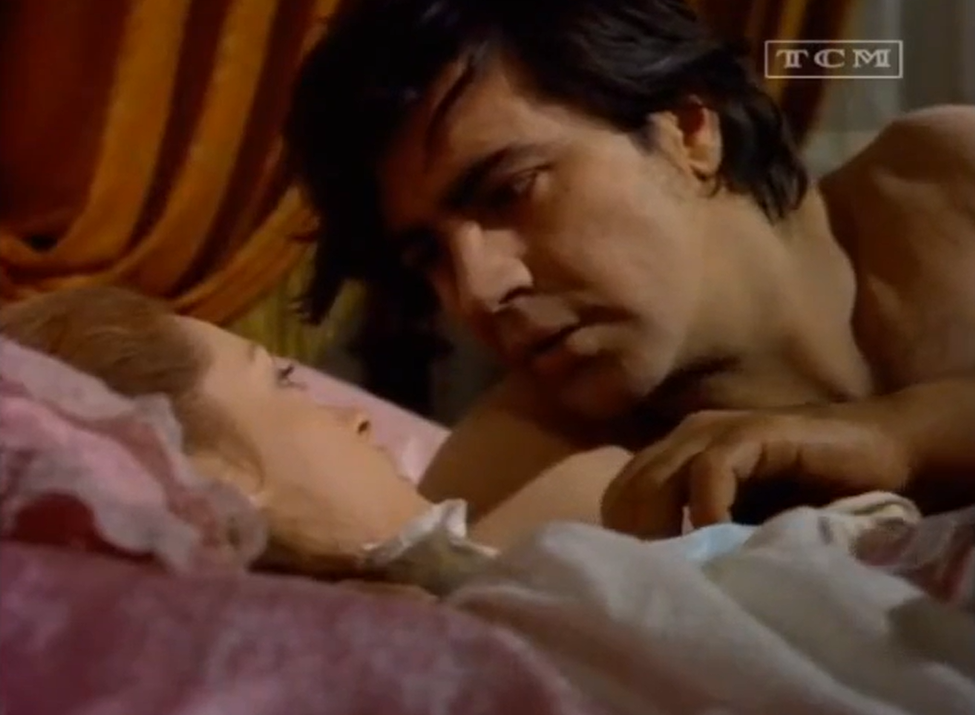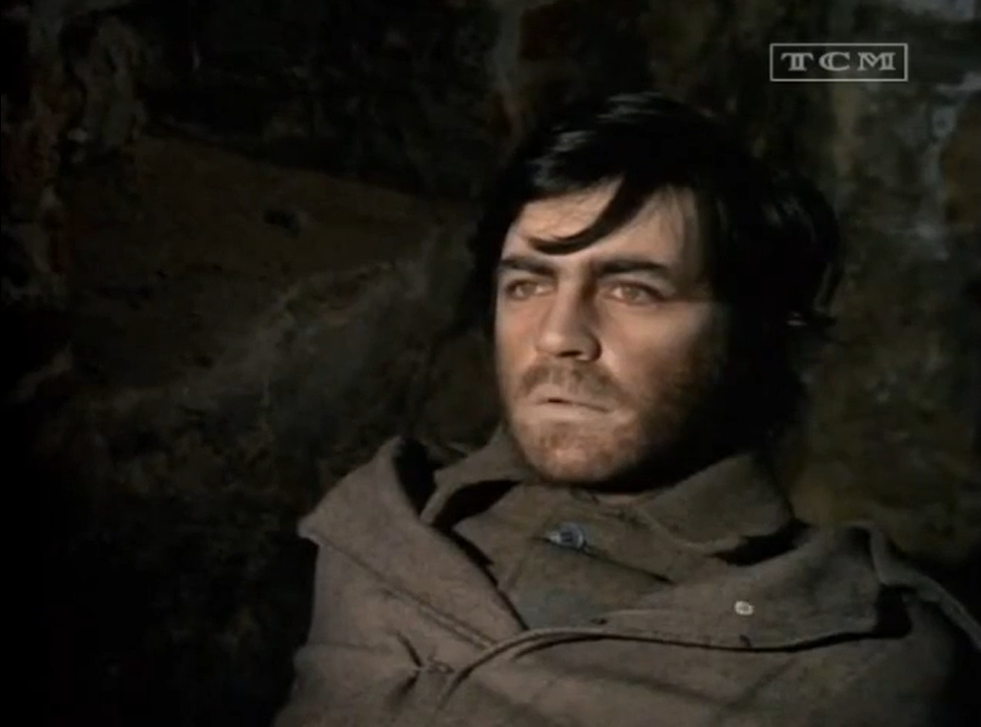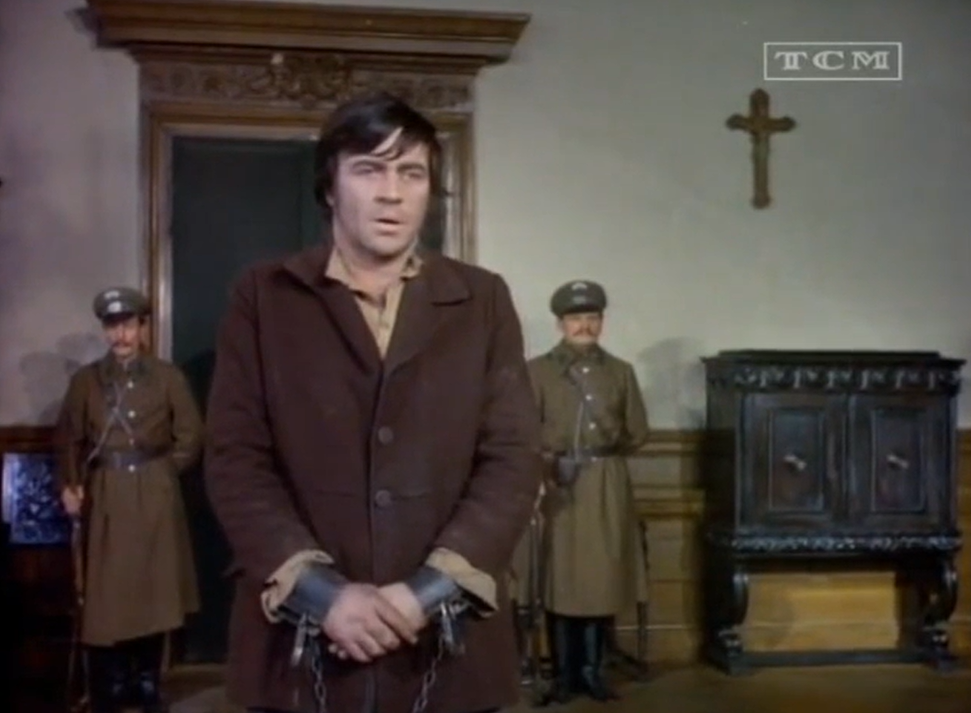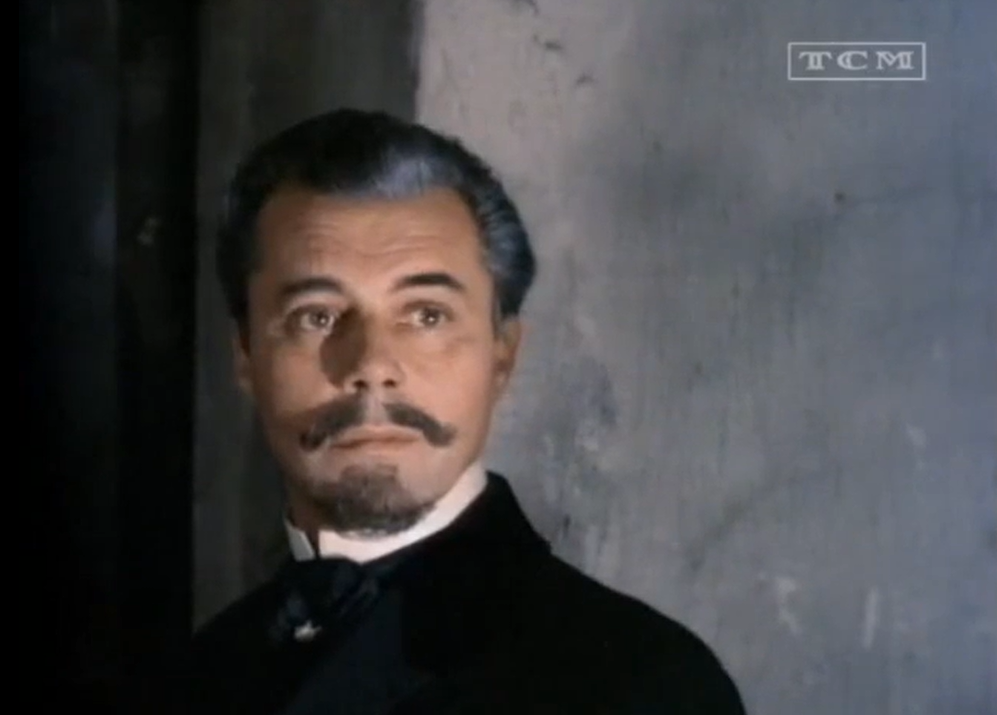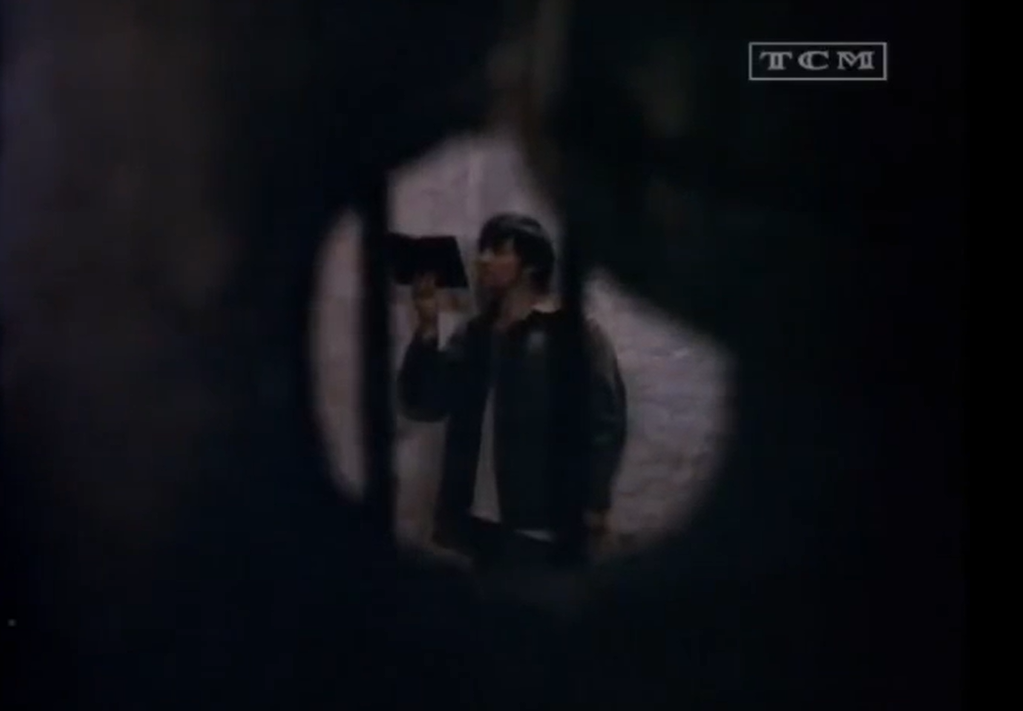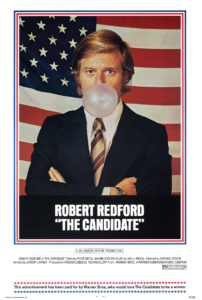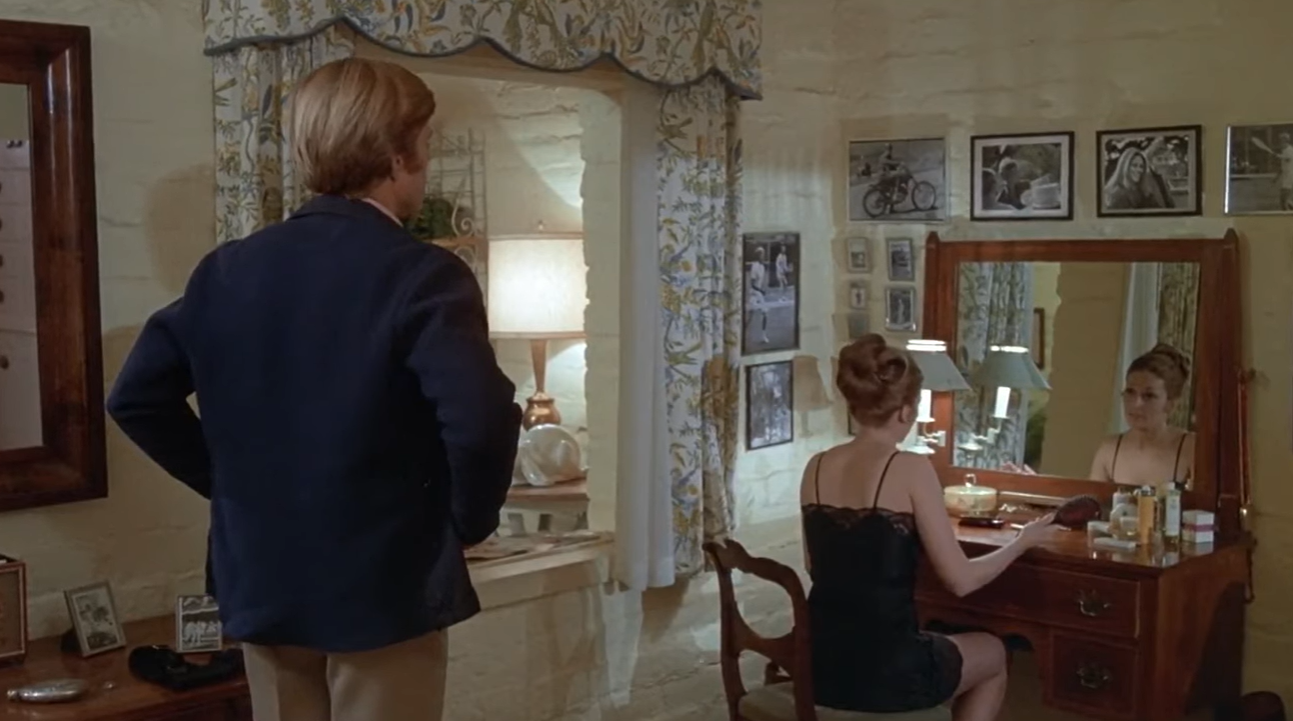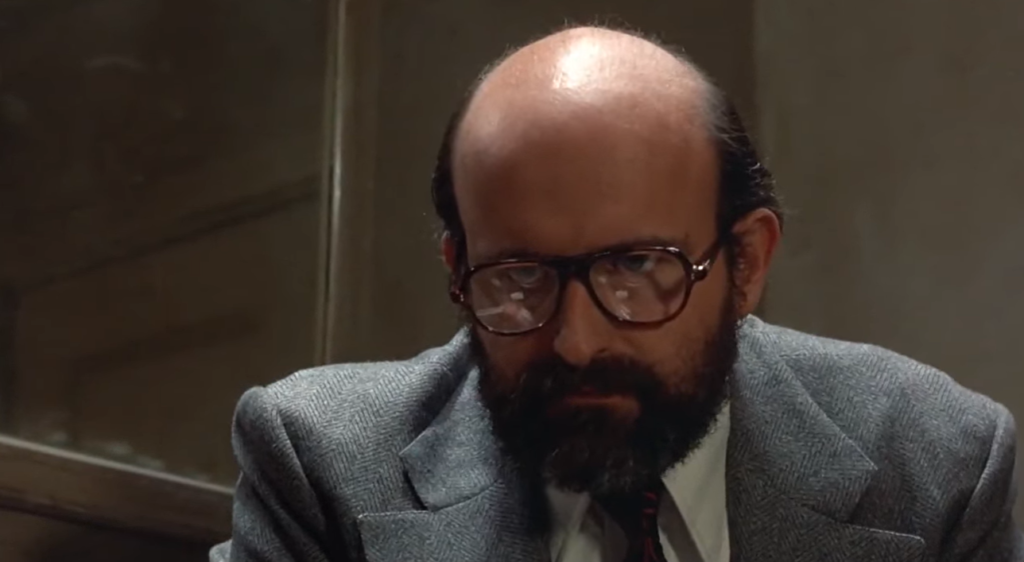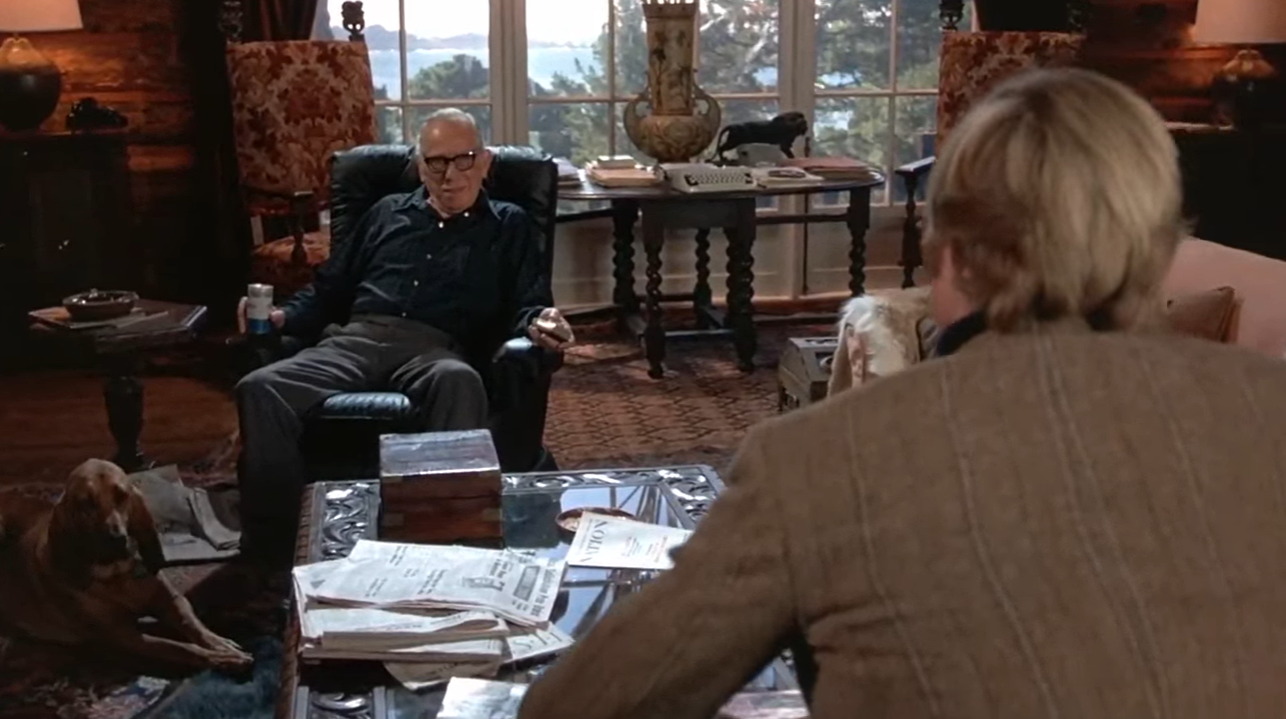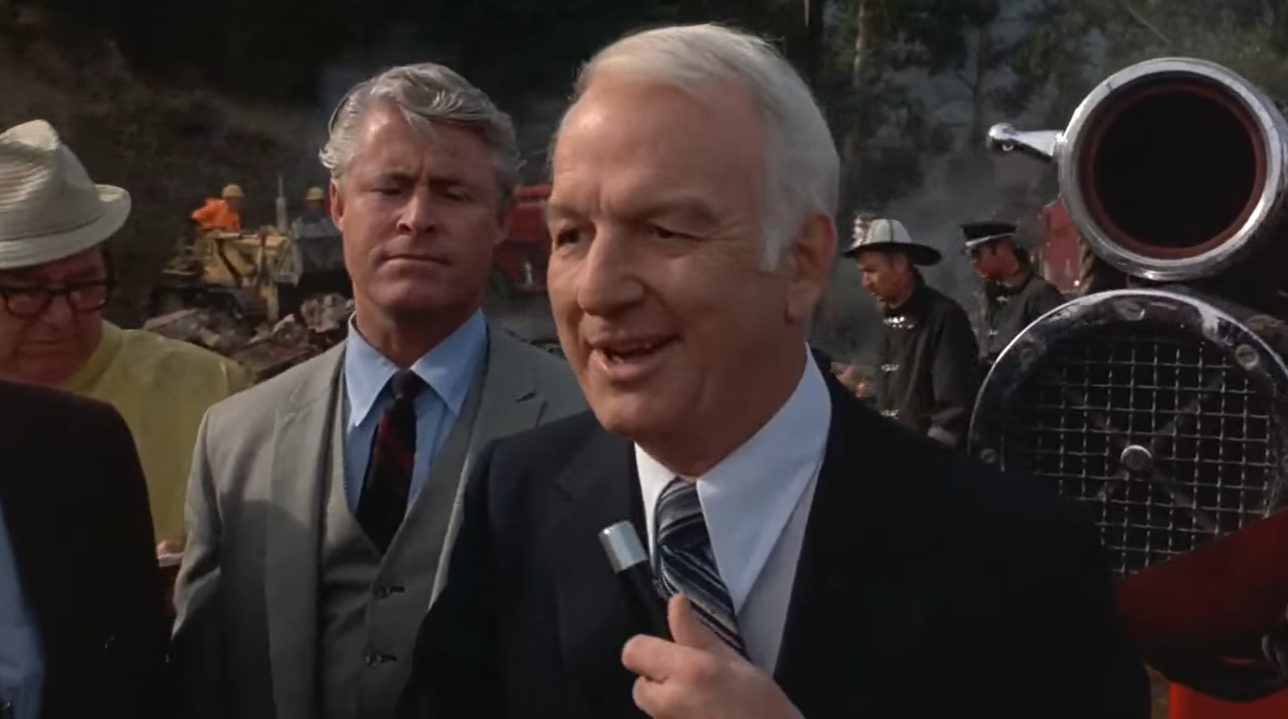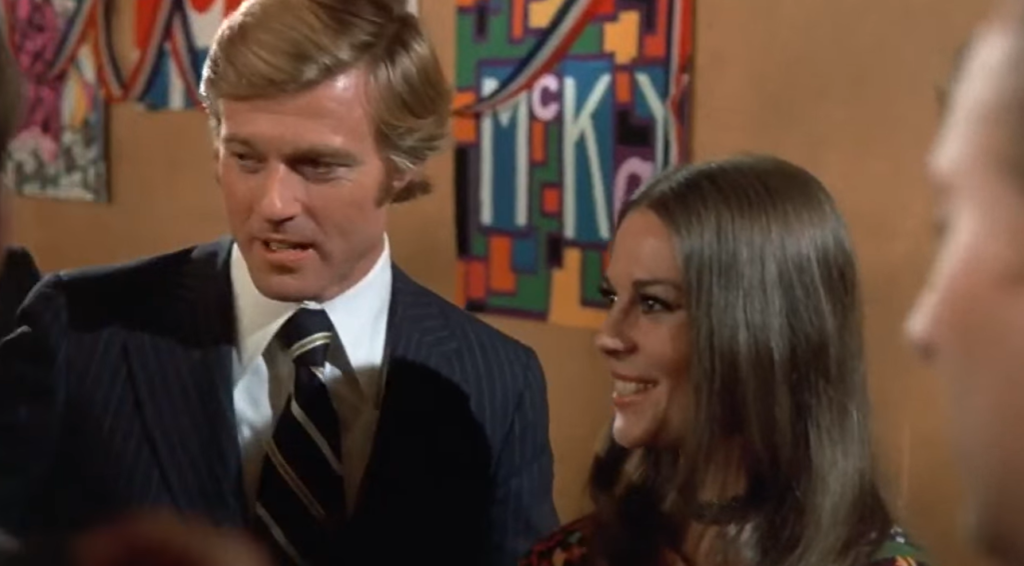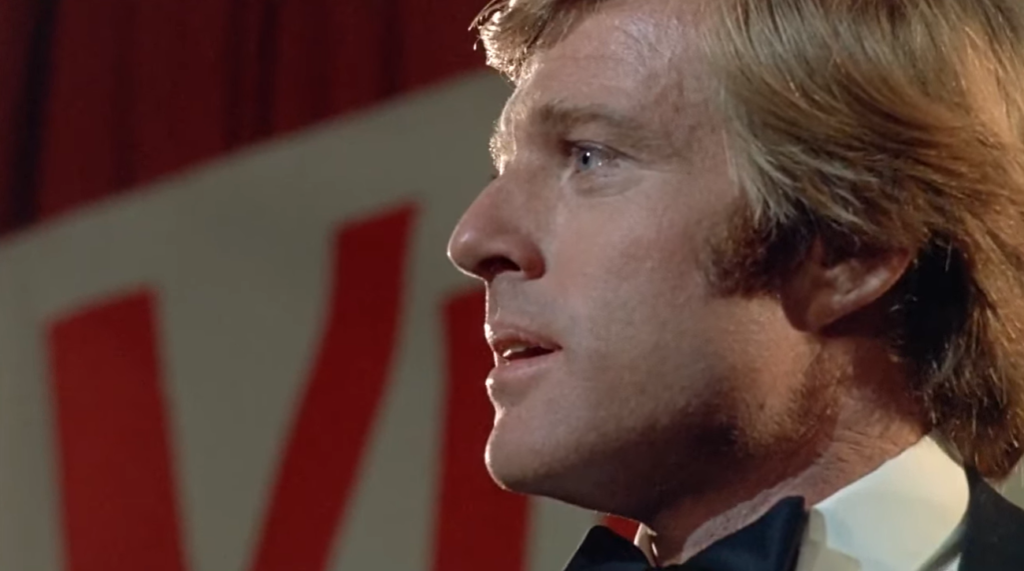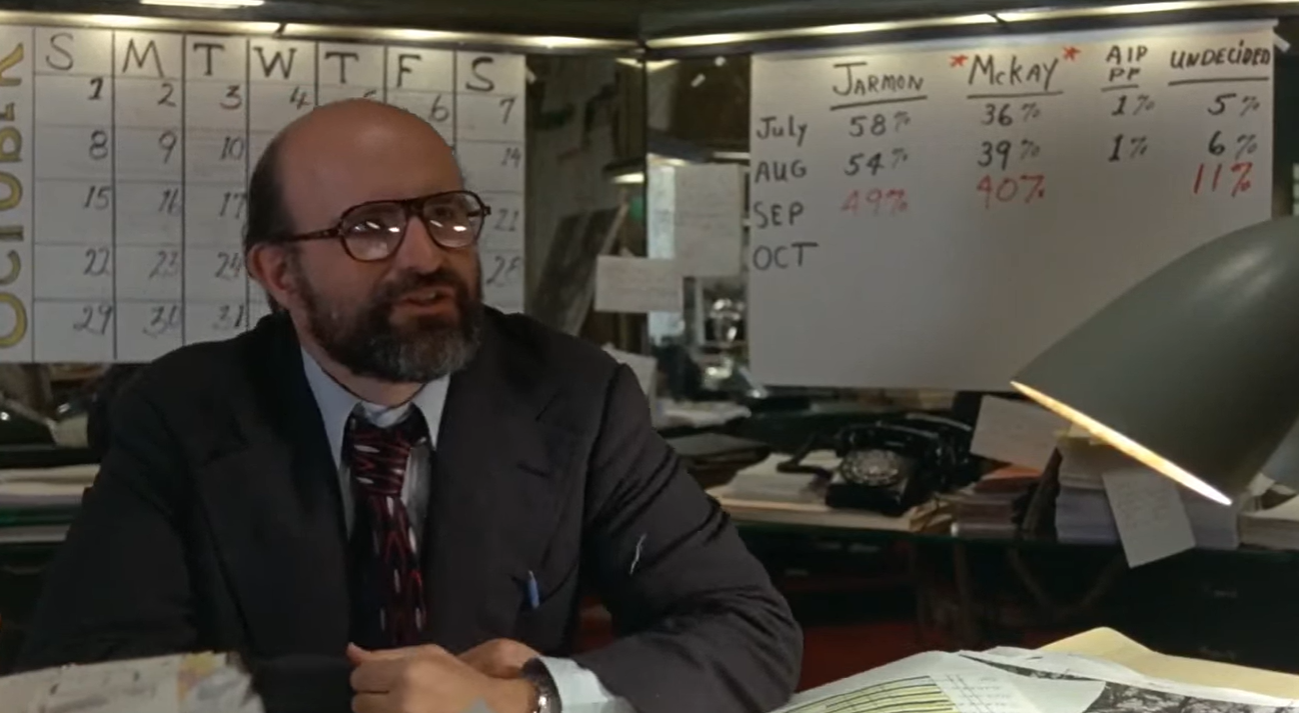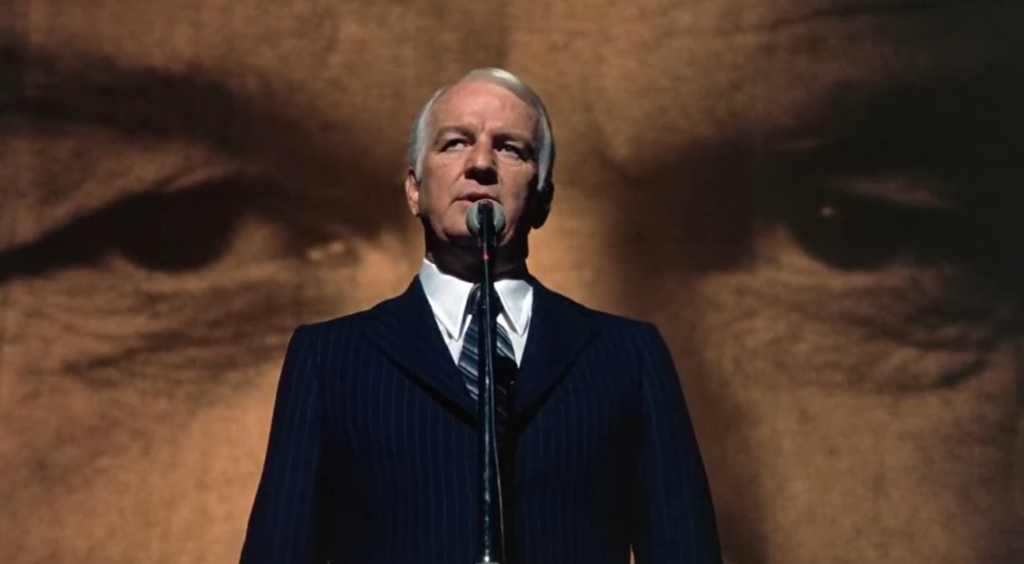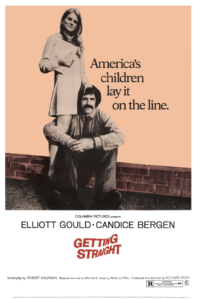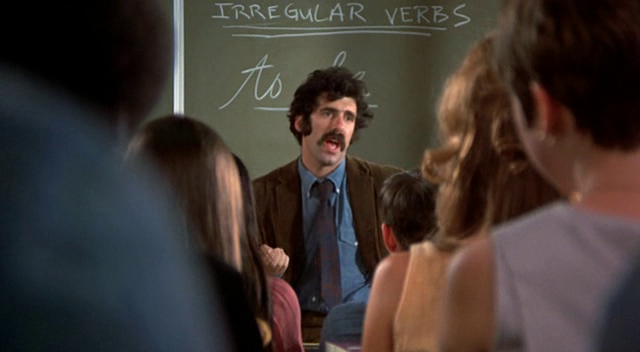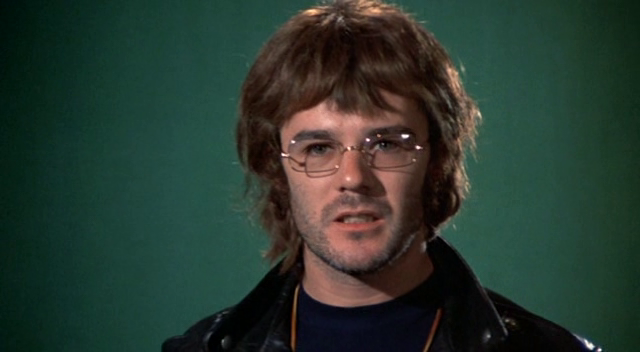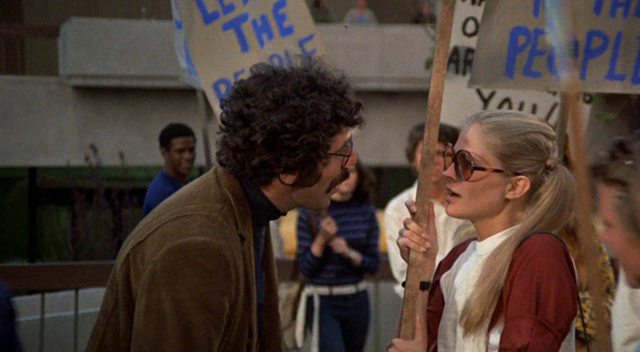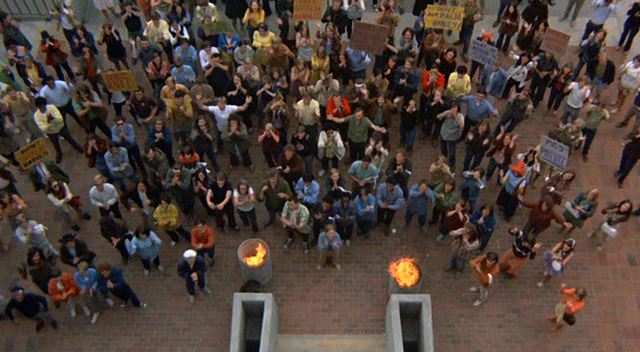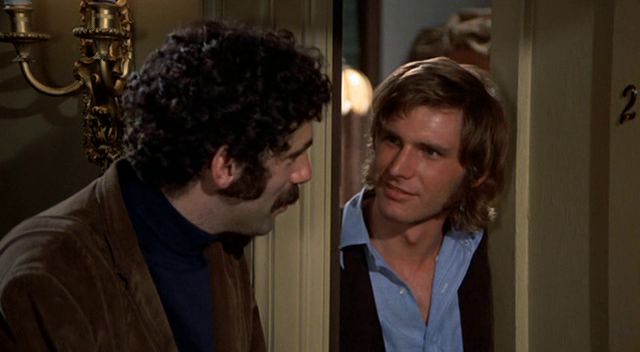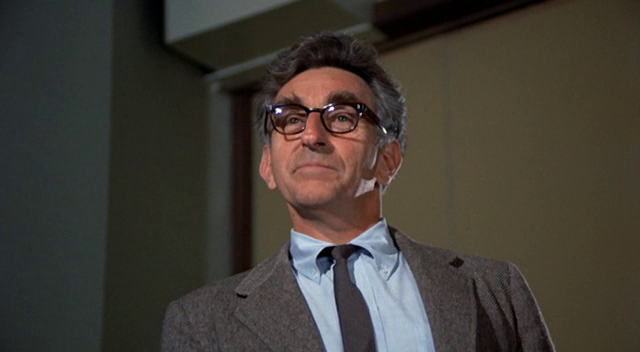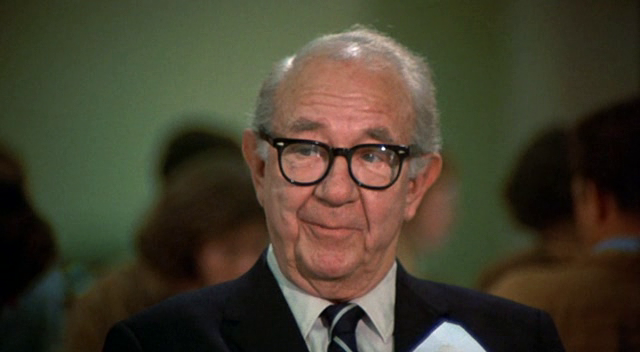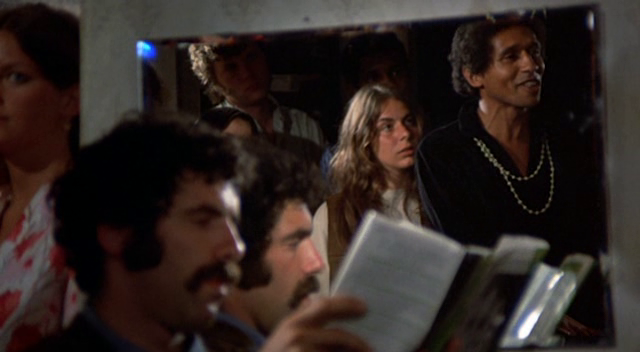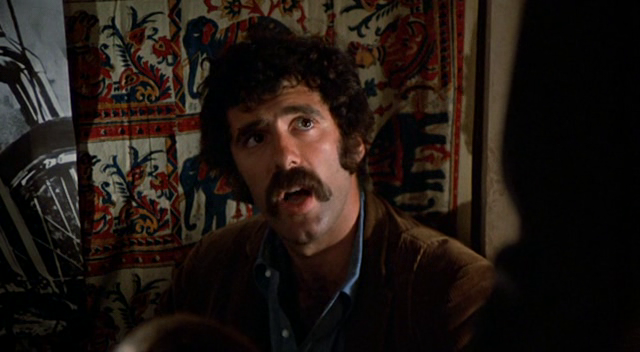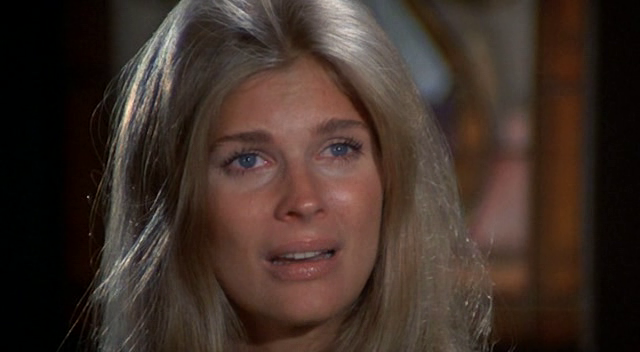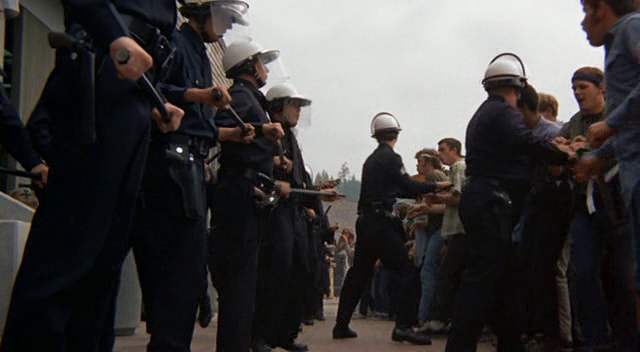|
Genres, Themes, Actors, and Directors:
- Detectives and Private Eyes
- Elisha Cook, Jr. Films
- Frederic Forrest Films
- Peter Boyle Films
- Prostitutes and Gigolos
- Sylvia Sidney Films
- Wim Wenders Films
- Writers
Review:
Francis Ford Coppola executive-produced this neo-noir by German director Wim Wenders — fairly fresh off of his success with helming The American Friend (1977) — whose production history was legendarily challenging, with the entire first draft (co-starring a couple of different key actors) scrapped in favor of this version. As noted by Vincent Canby in his review for The New York Times:
Hammett, the first major American movie by Wim Wenders, the sometimes excellent German director… isn’t quite the mess one might expect, considering the length of time it’s been in production and the number of people who seem to have contributed to it. It’s not ever boring, but heaven only knows what it’s supposed to be about or why it was made.
Indeed, this is a good question. The film — based on a 1975 novel of the same name by Joe Gores — is beautifully produced, and one definitely feels the filmmakers’ devotion to recreating an overall ambience meant to be evocative of Hammett’s detective novels.
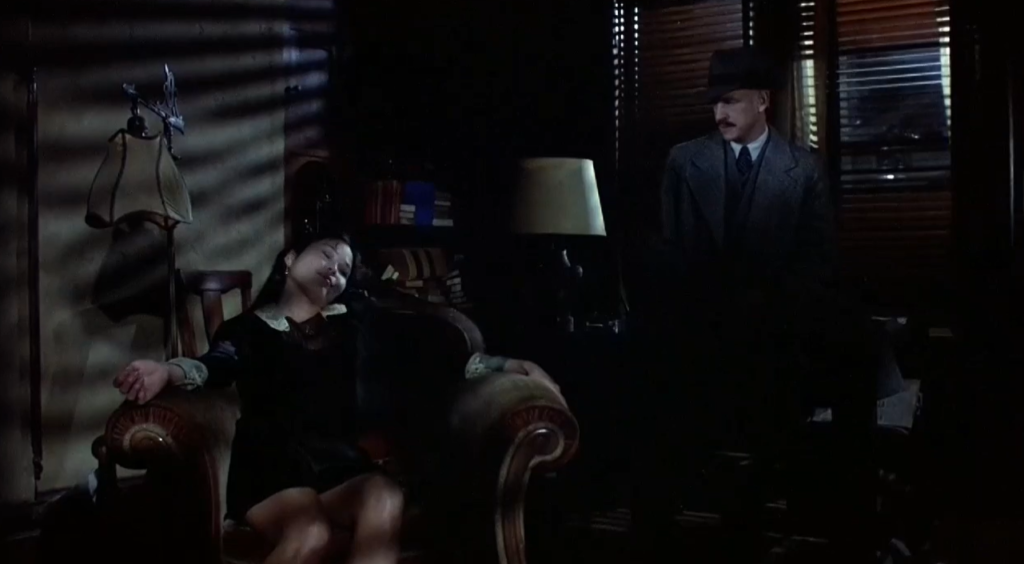
We’re clearly meant to understand that Hammett took inspiration from his earlier work for the Pinkerton National Detective Agency to fuel his own narratives:
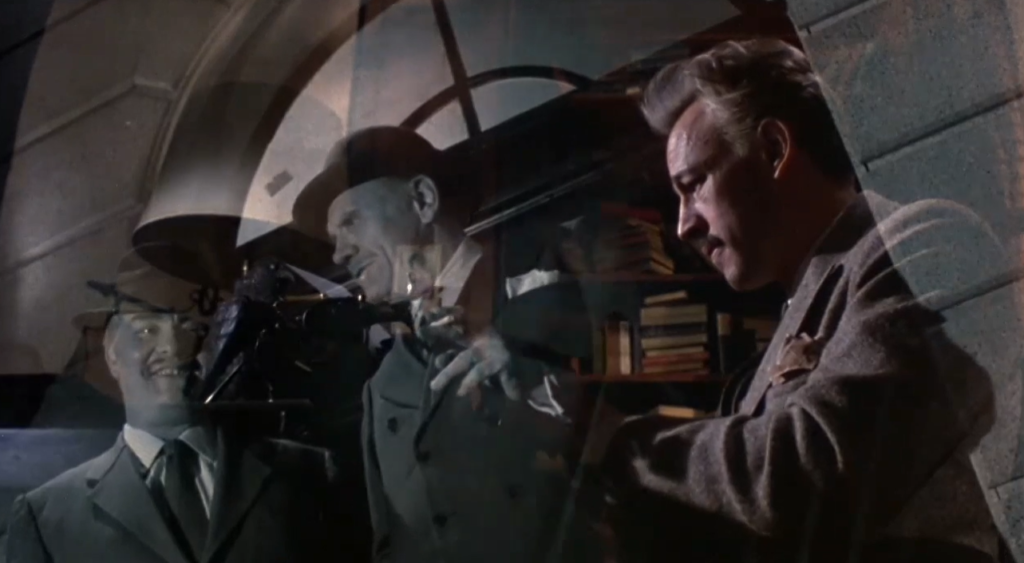
… and there are obvious parallels in the story told here with The Maltese Falcon, including motifs like the falcon itself serving as the base of his writing-desk lamp:
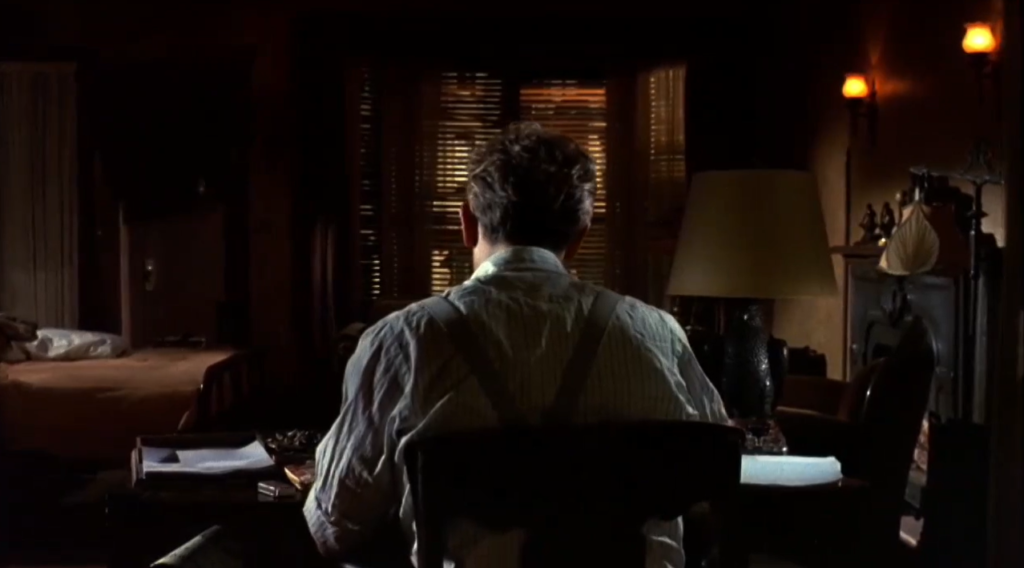
… as well as the inclusion of a portly older Englishman (Roy Kinnear) playing a crucial role later in the story:
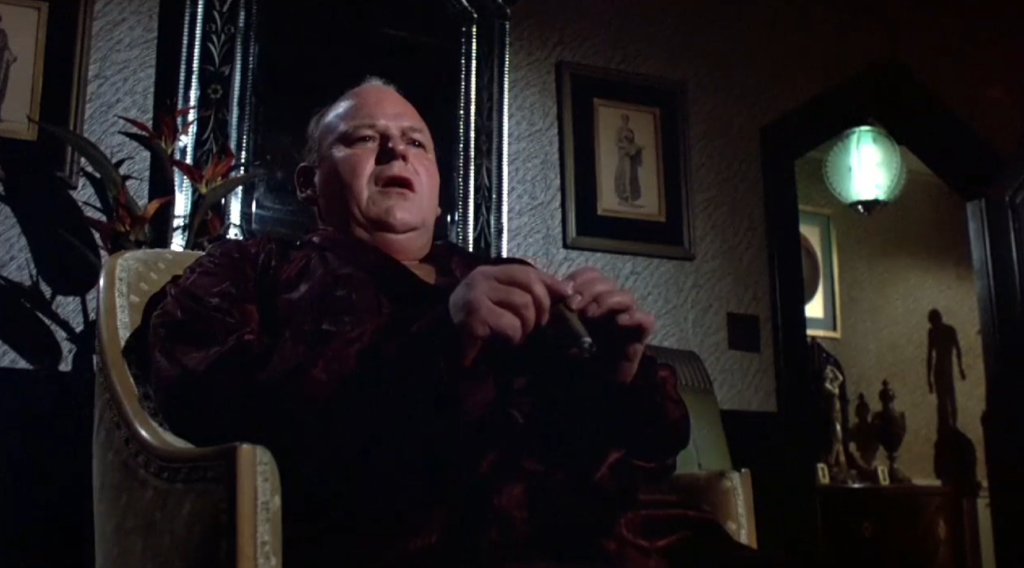
… and a significant cameo by Elisha Cook, Jr. (in his final role) playing a cabbie named Eli.
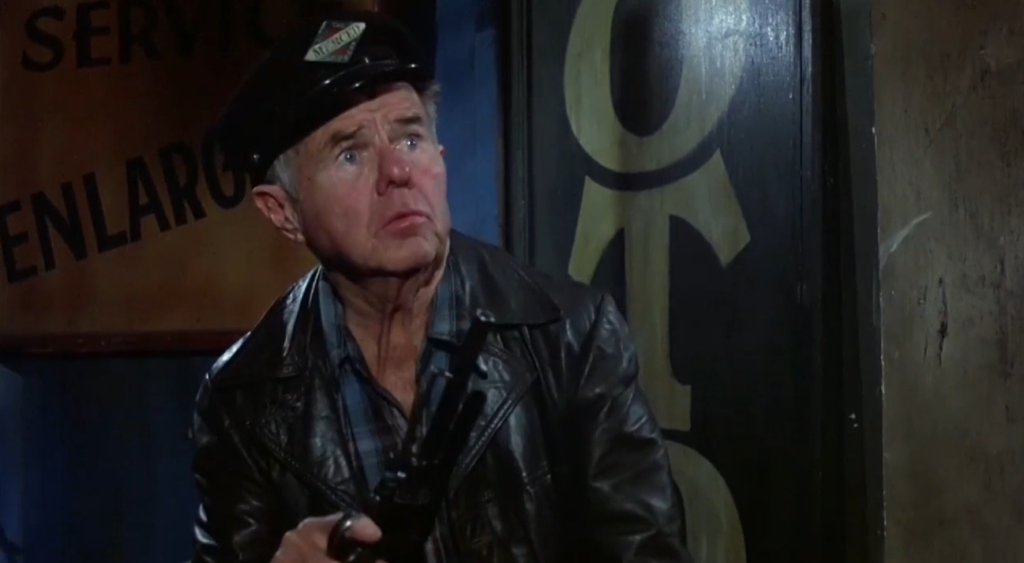
Meanwhile, there is nearly non-stop drinking and smoking (Hammett was an alcoholic):
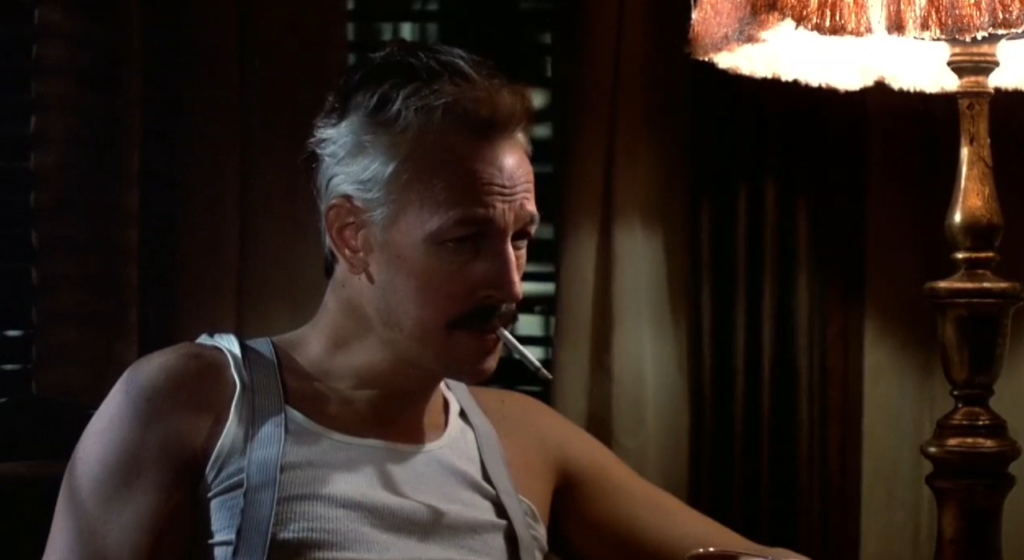
… a hard-boiled, sexy dame (Henner):
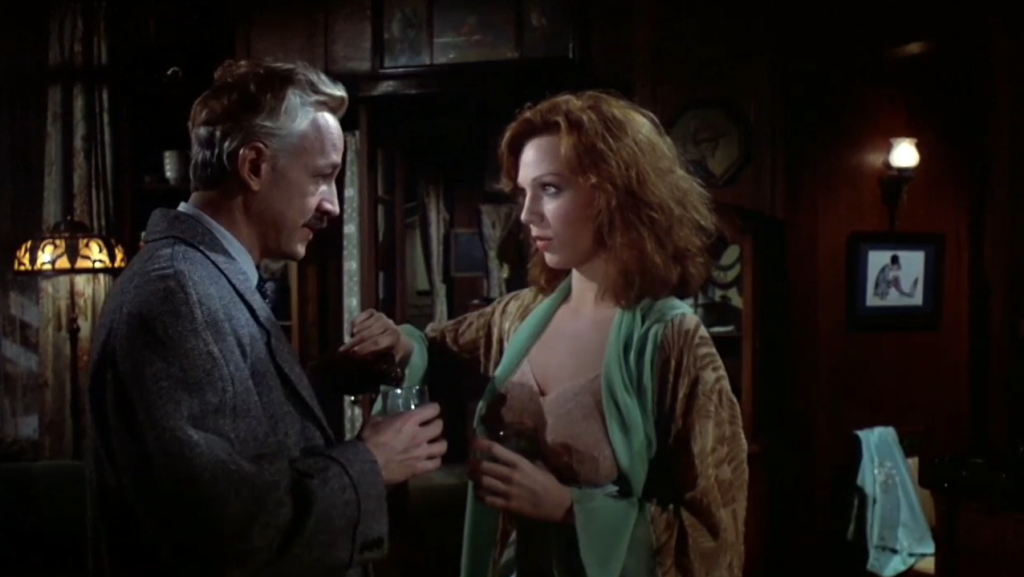
… and plenty of back-stabbing intrigue (alongside blatant Orientalizing).
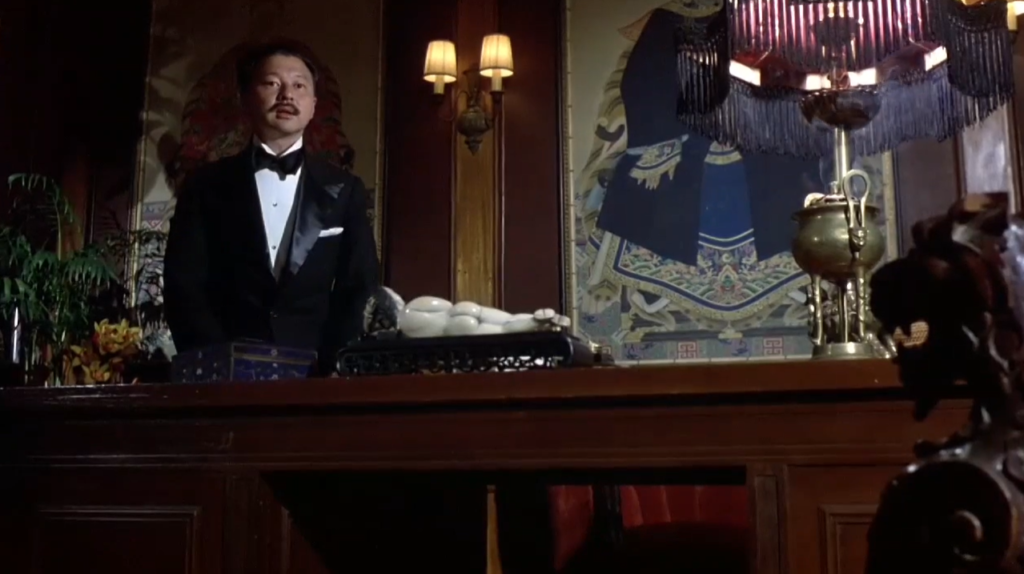
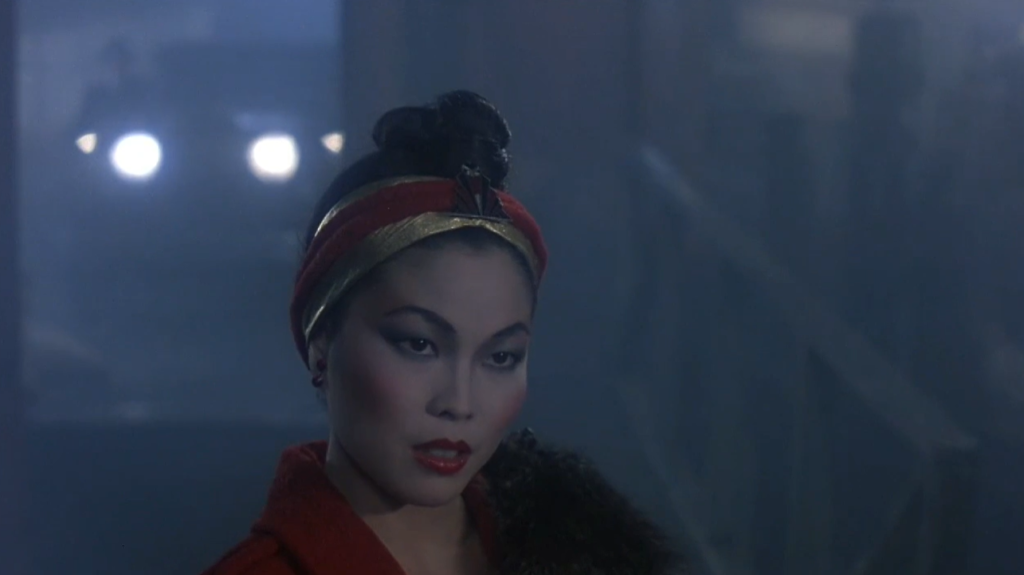
Most film fanatics will know — simply from watching Julia (1977), if for no other reason — that Hammett had a years-long affair with playwright Lillian Hellman and helped her with her work; and his later-life involvement in Leftist politics — chronicled in the 1999 TV drama Dash and Lilly (co-starring Sam Shepard and Judy Davis) — is likewise not touched upon here at all. This is strictly, as noted in the opening title card:
“… an entirely imaginary story about the writer Samuel Dashiell Hammett who… in the words of one of his most gifted contemporaries [Raymond Chandler]… helped get murder out of the Vicar’s rose garden and back to the people who are really good at it. The detective story has not been the same since.”
Watch for brief appearances by Sylvia Sidney:
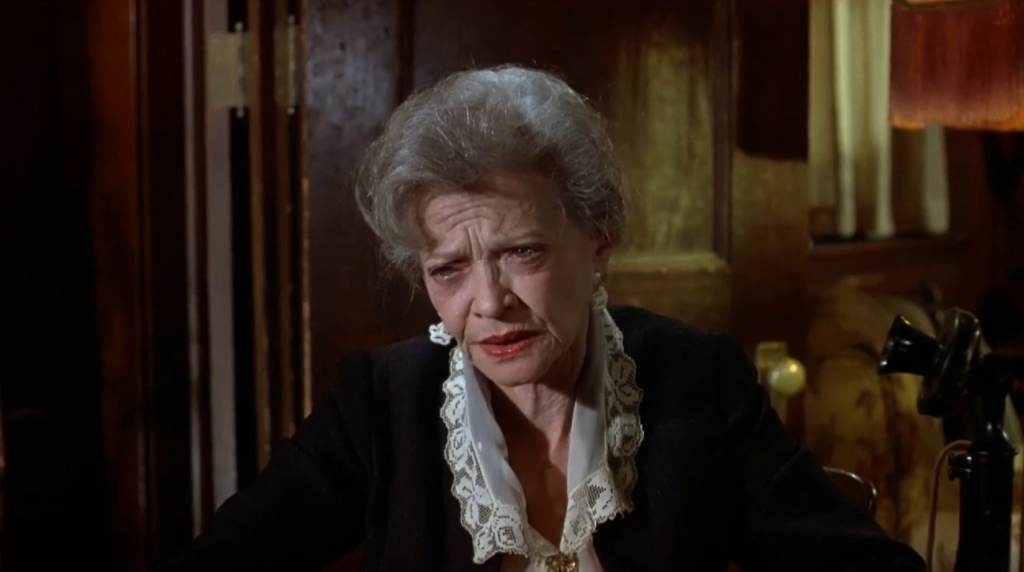
… Royal Dano:
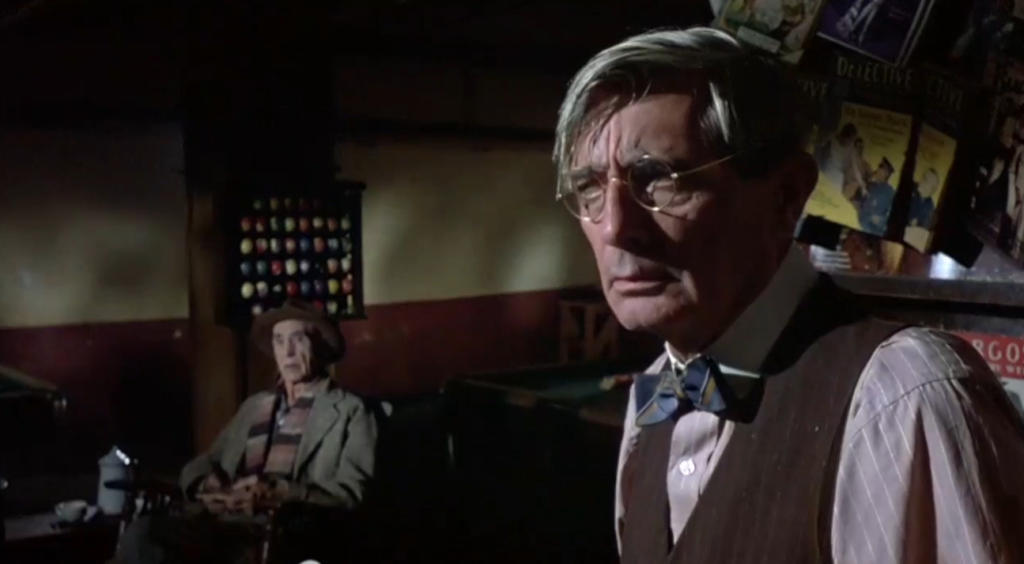
… and Sam Fuller.
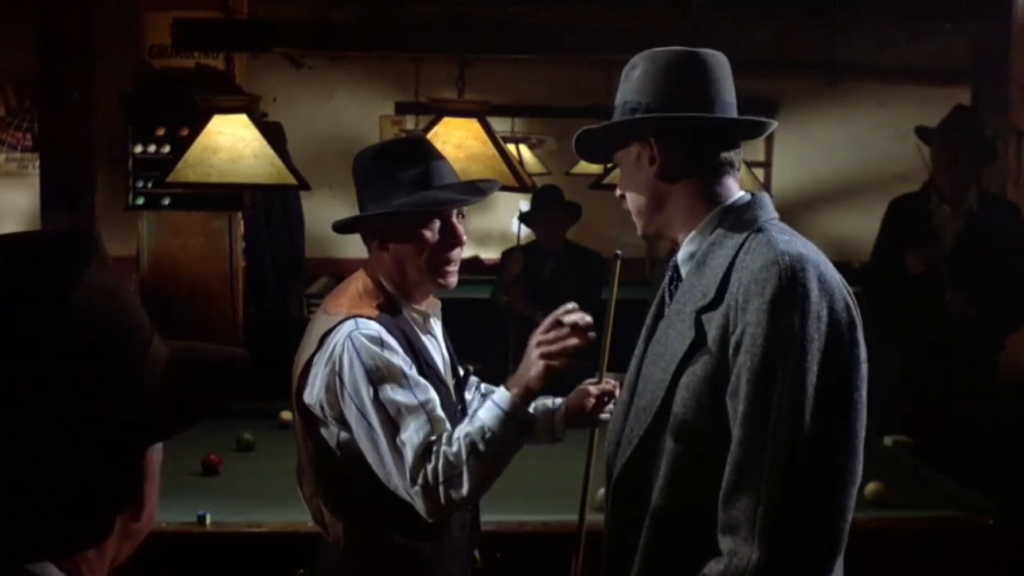
Notable Performances, Qualities, and Moments:
- Joseph Biroc’s highly atmospheric cinematography
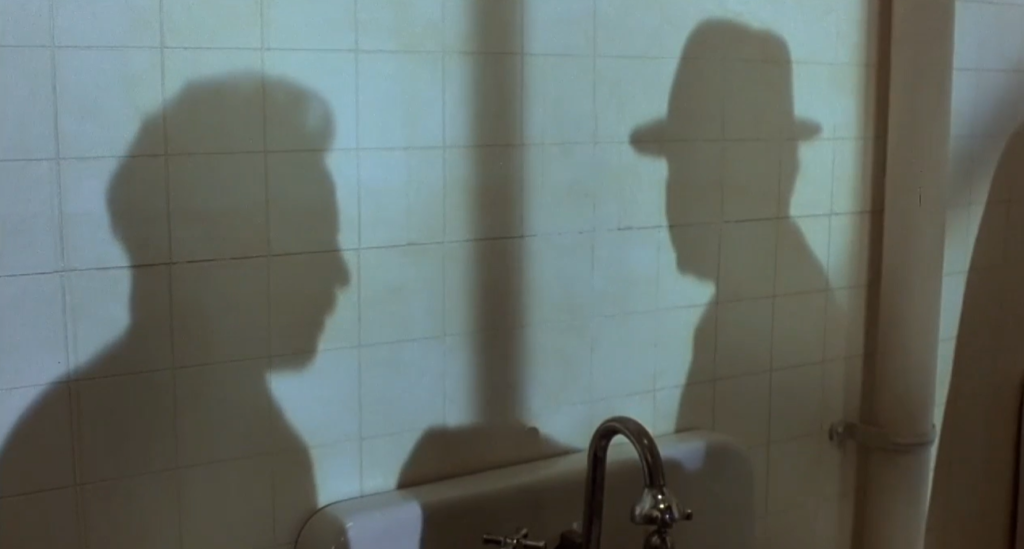
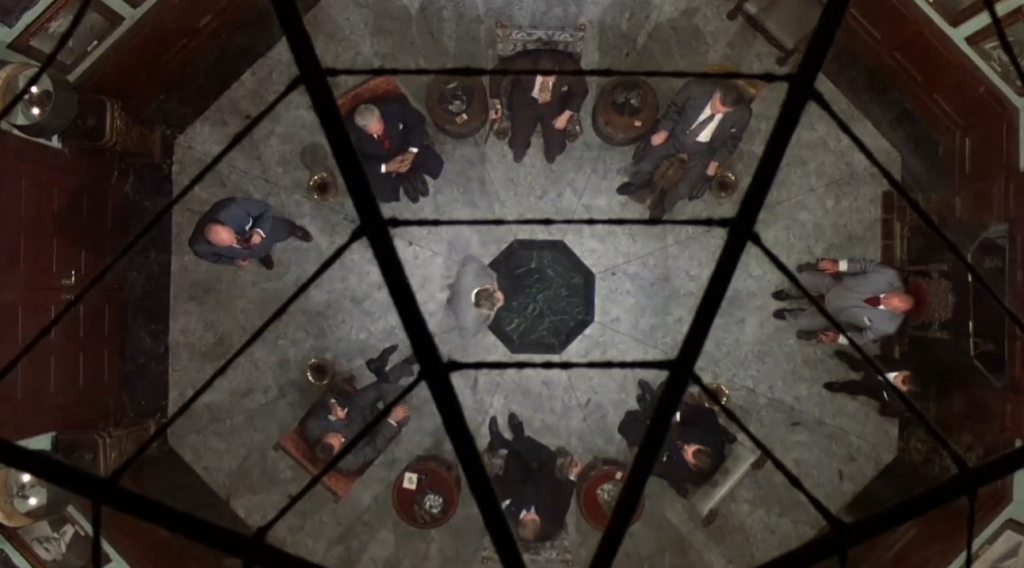
- John Barry’s jazzy score
Must See?
No, but it’s certainly worth a look. Listed as a Cult Movie in the back of Peary’s book.
Links:
|
